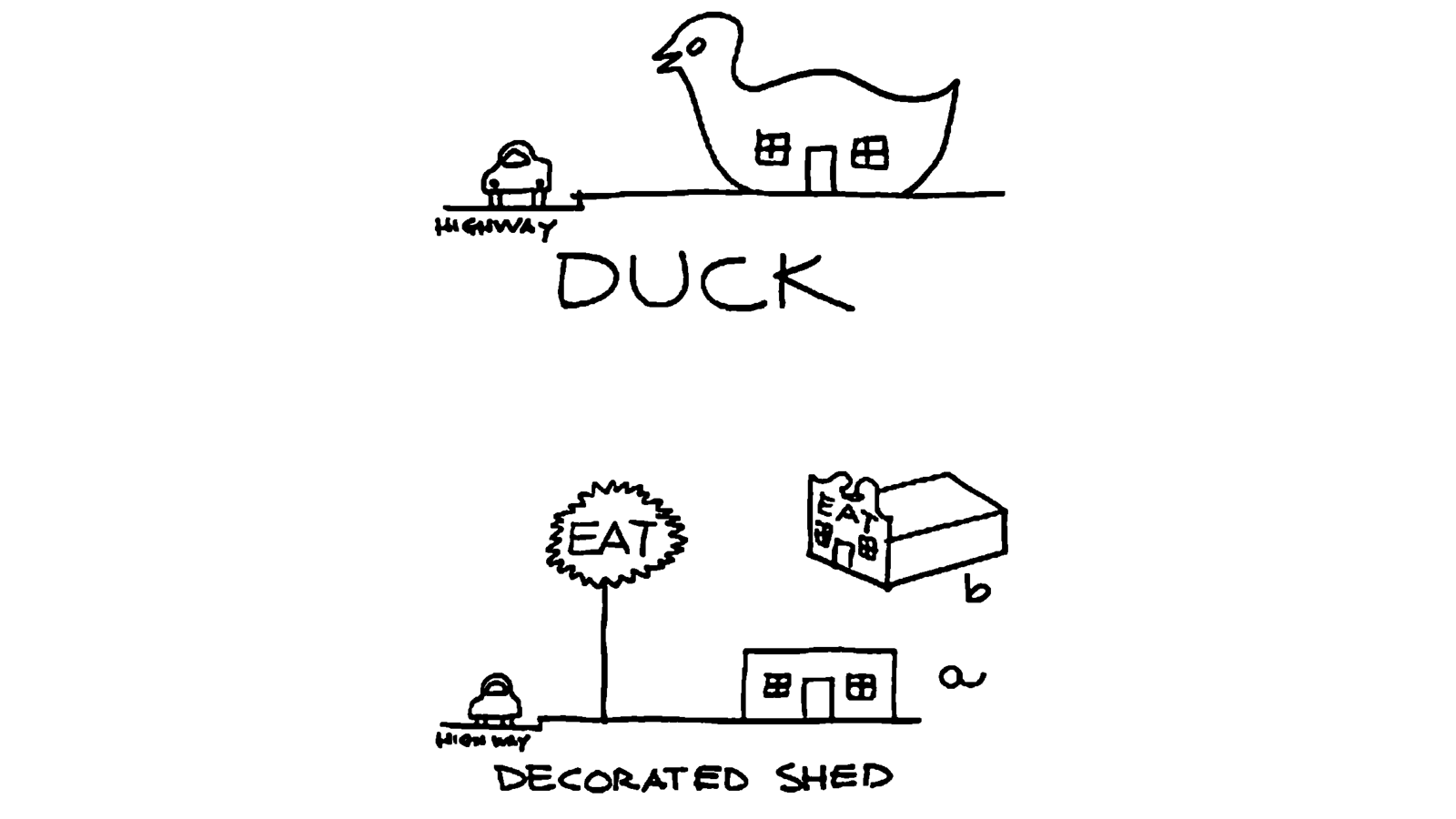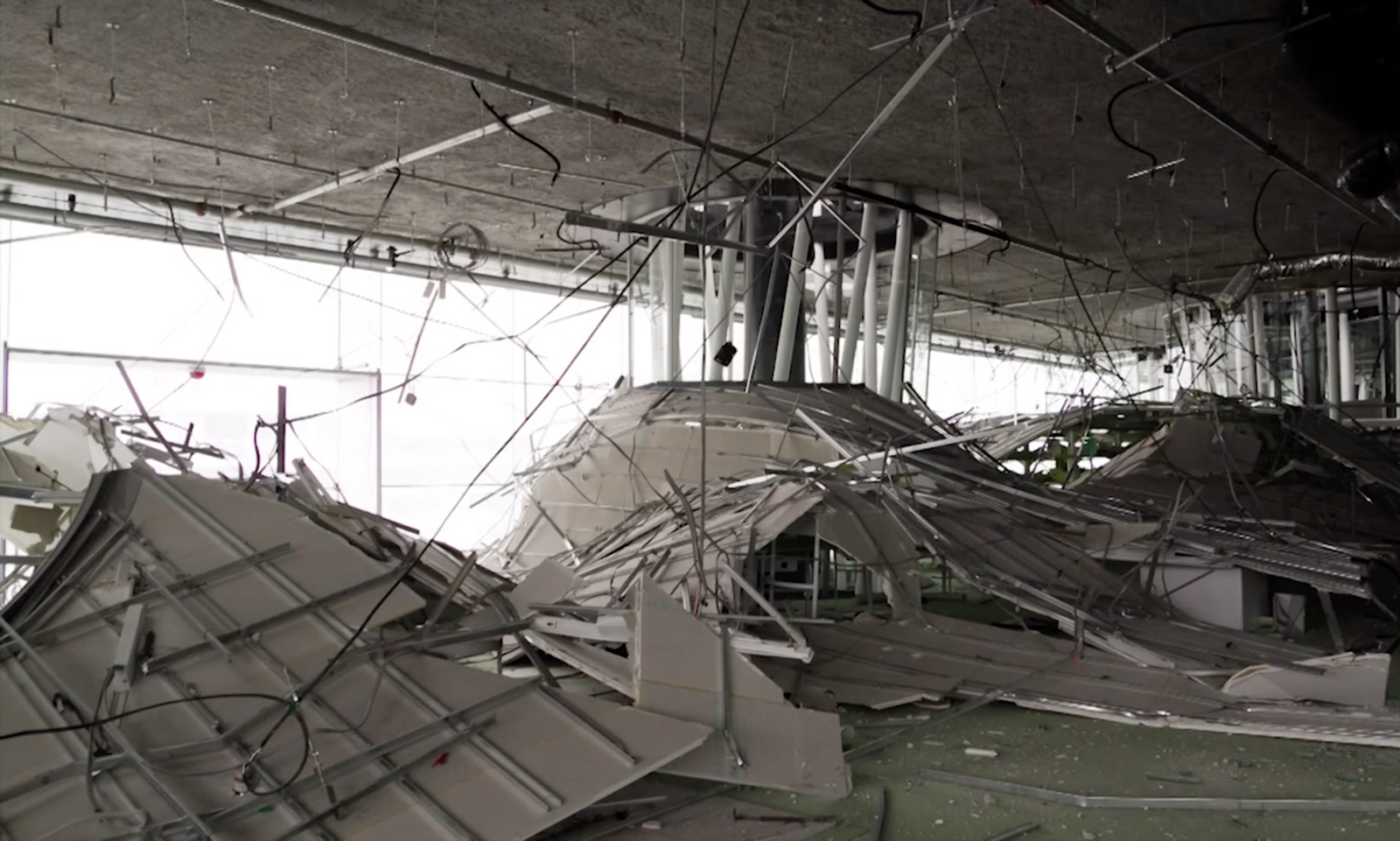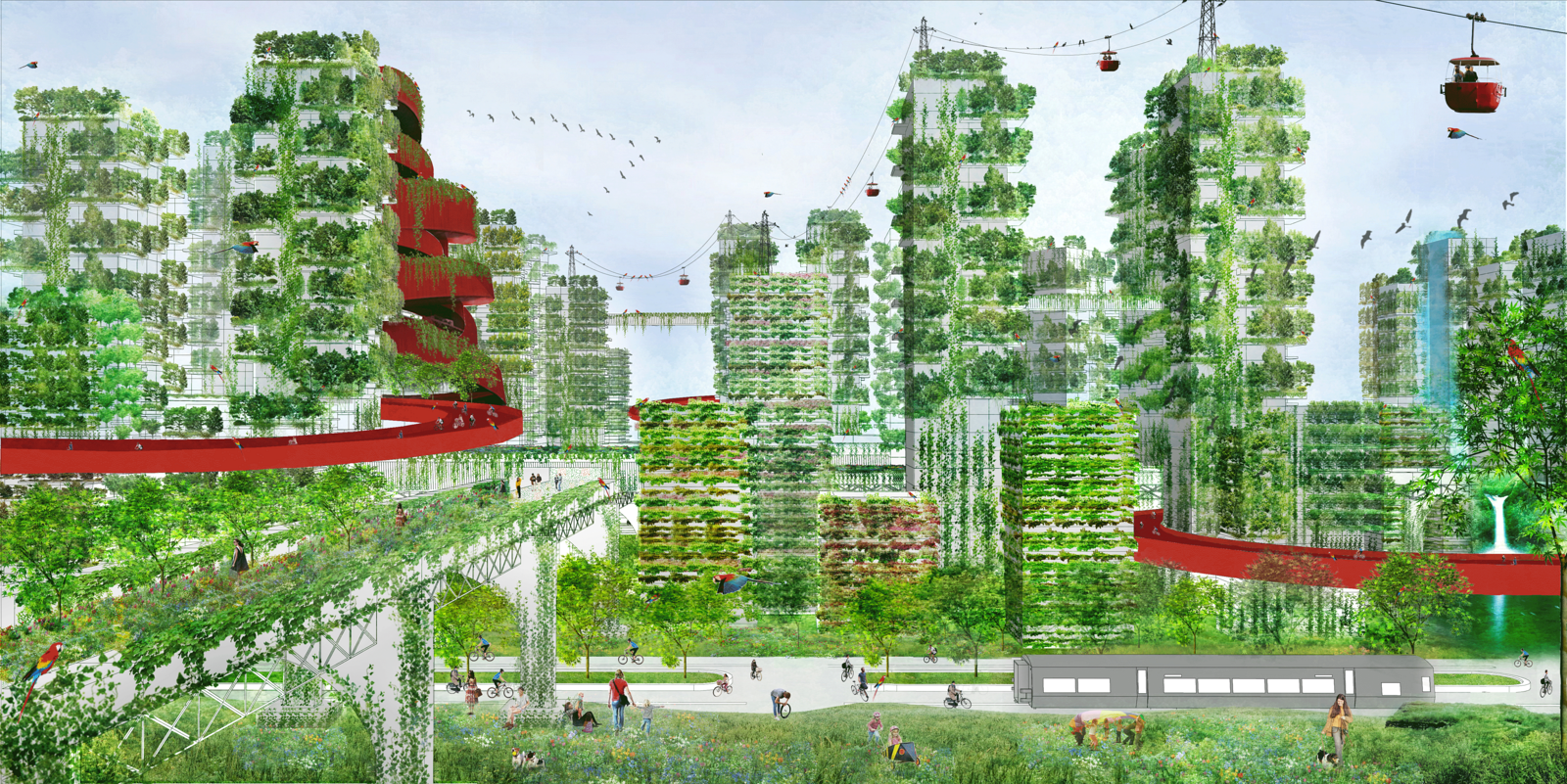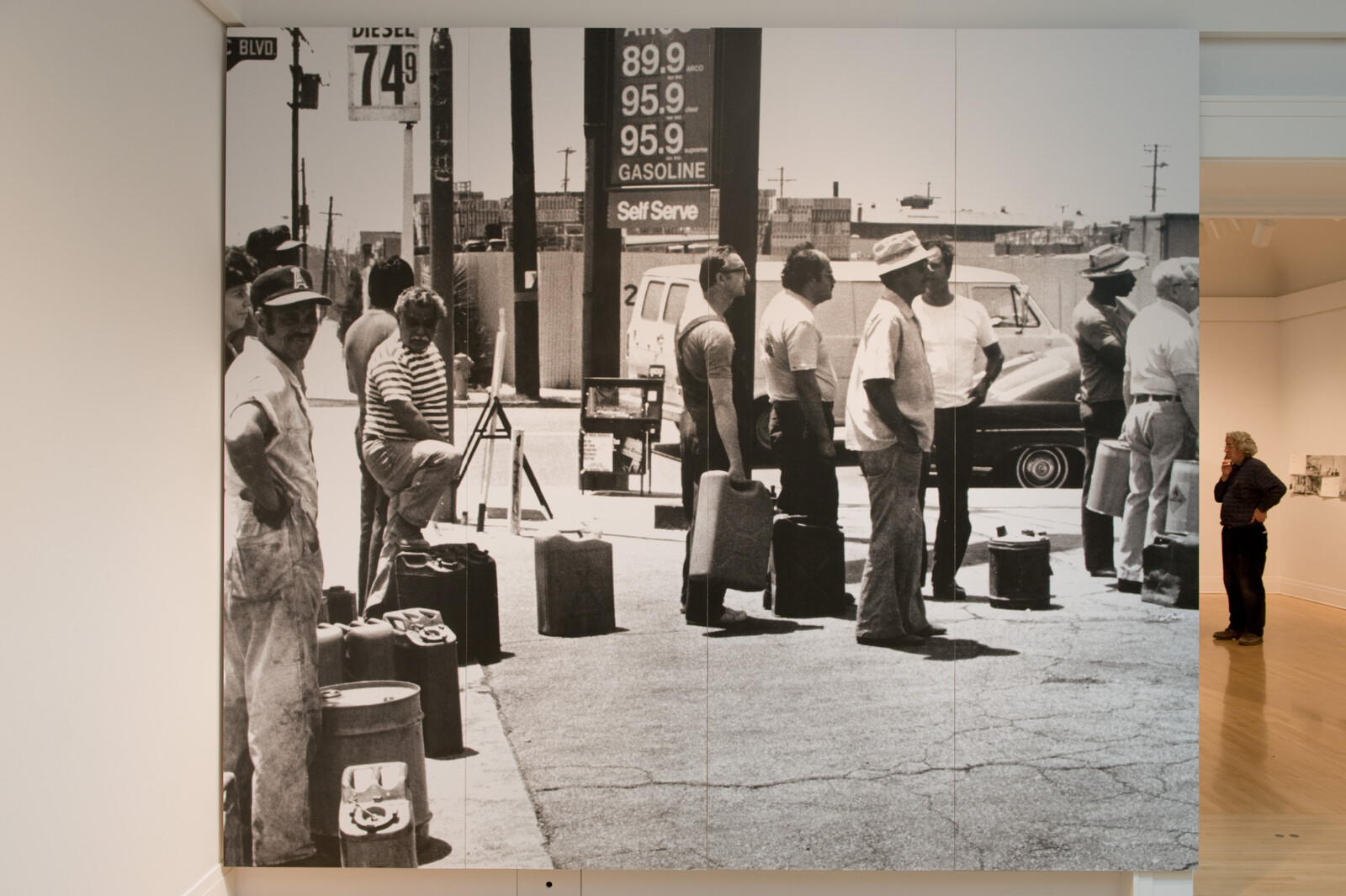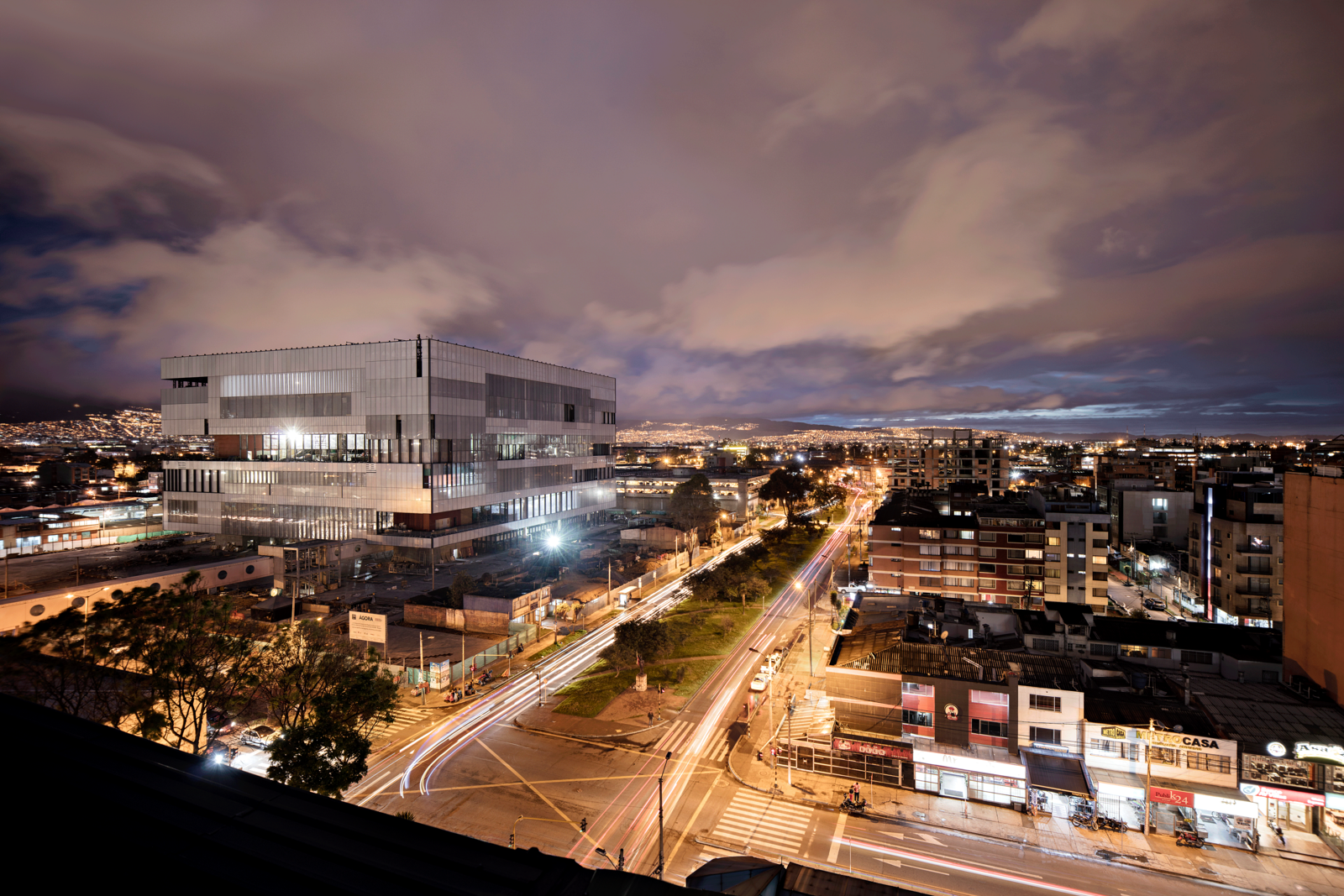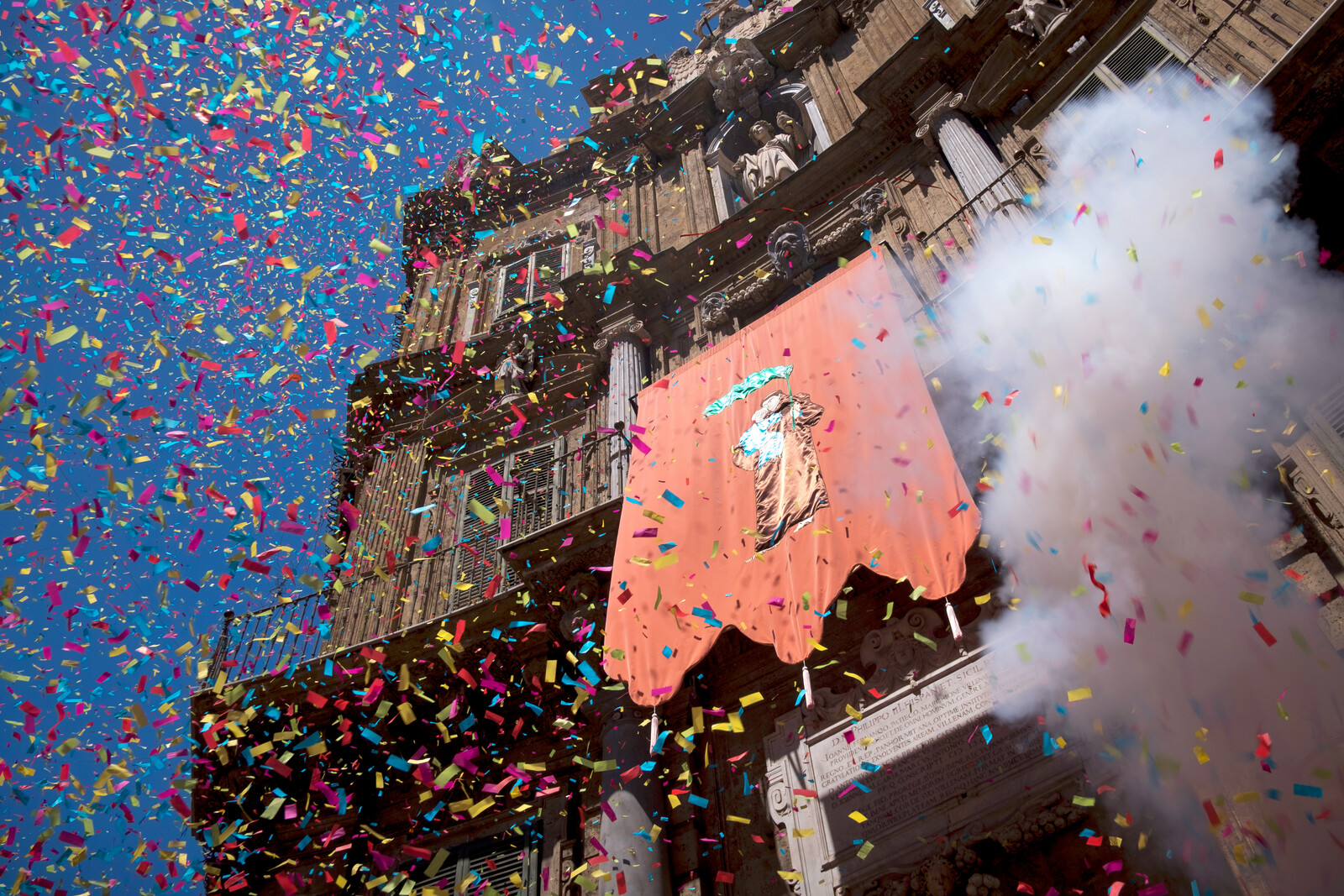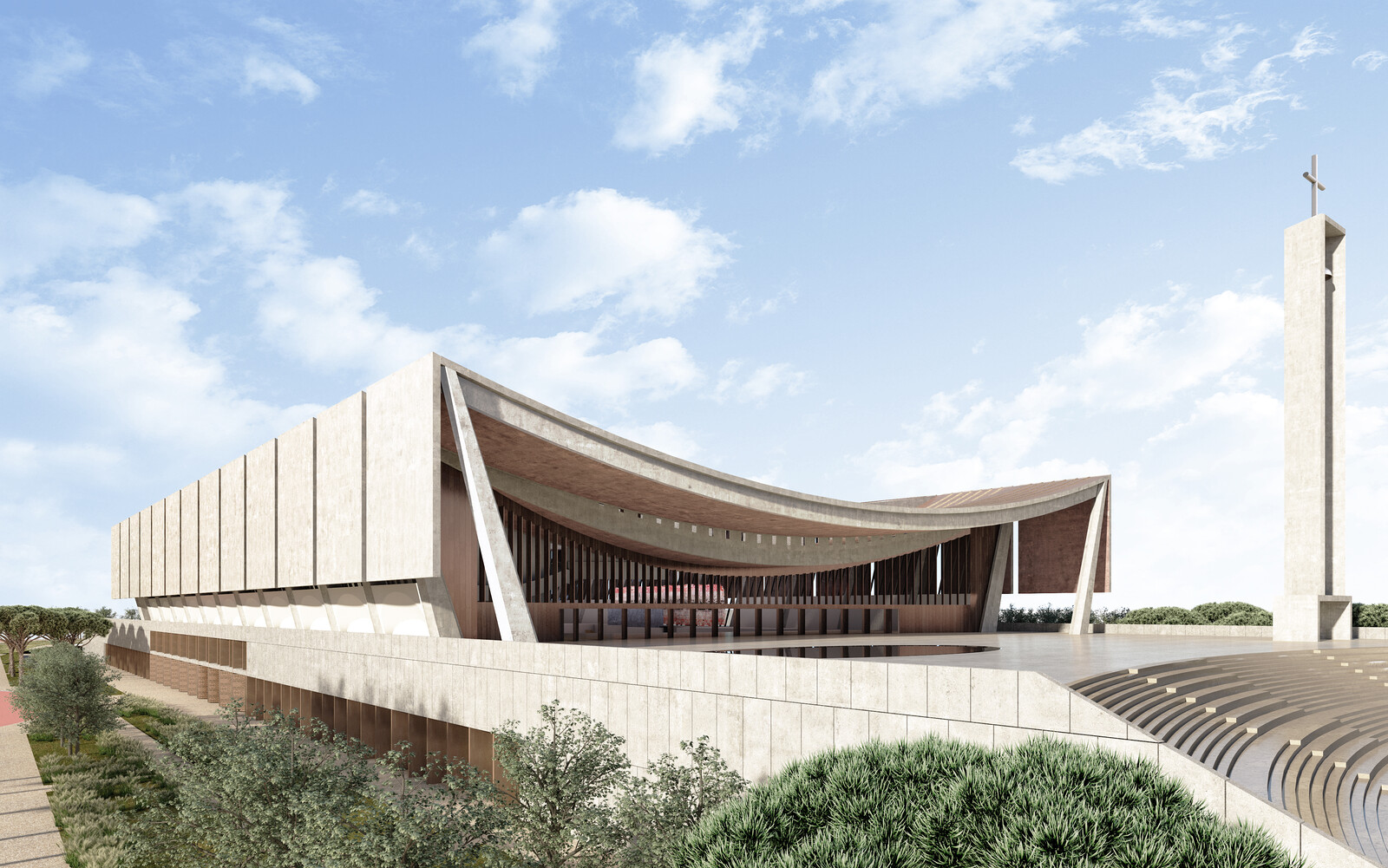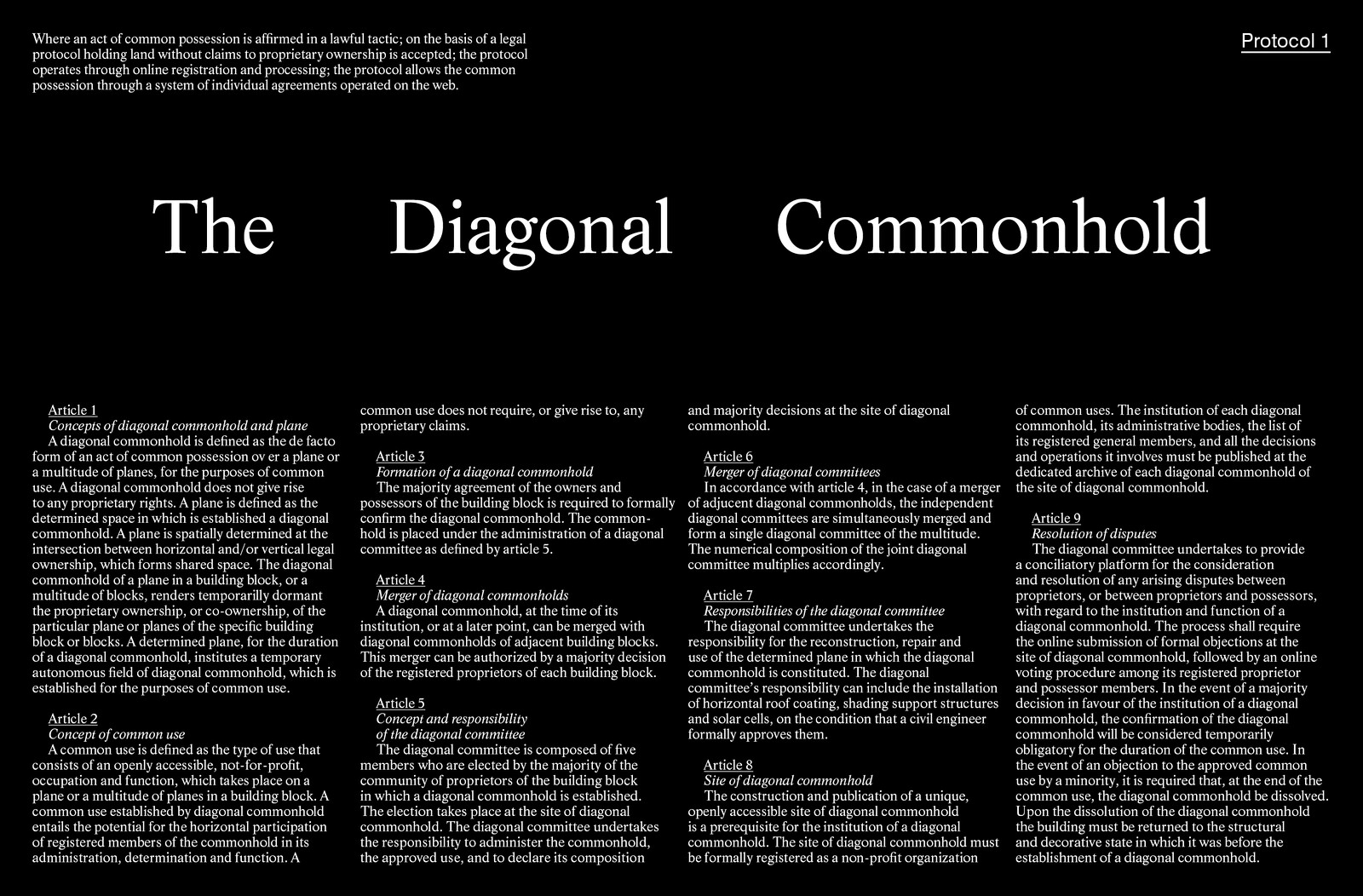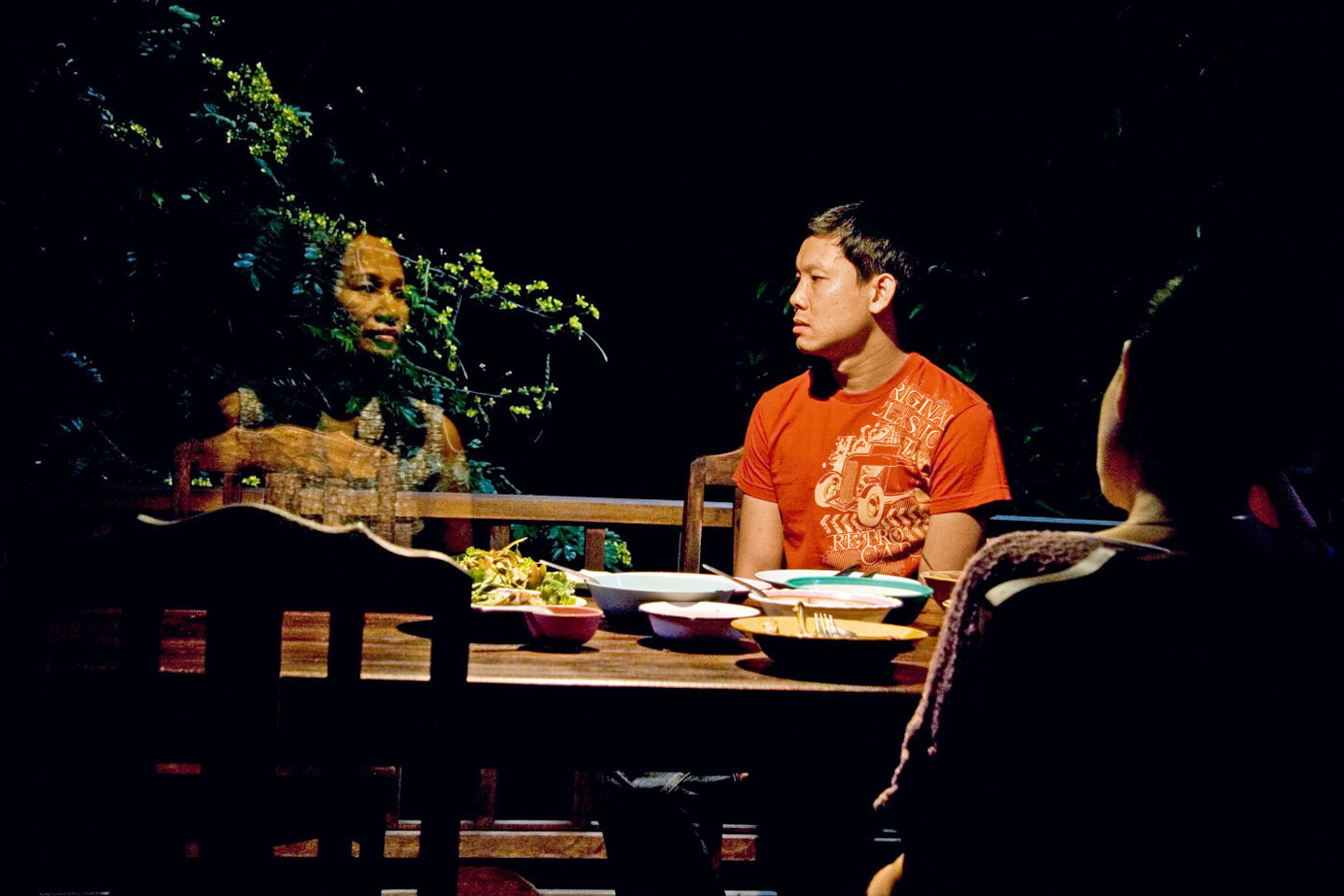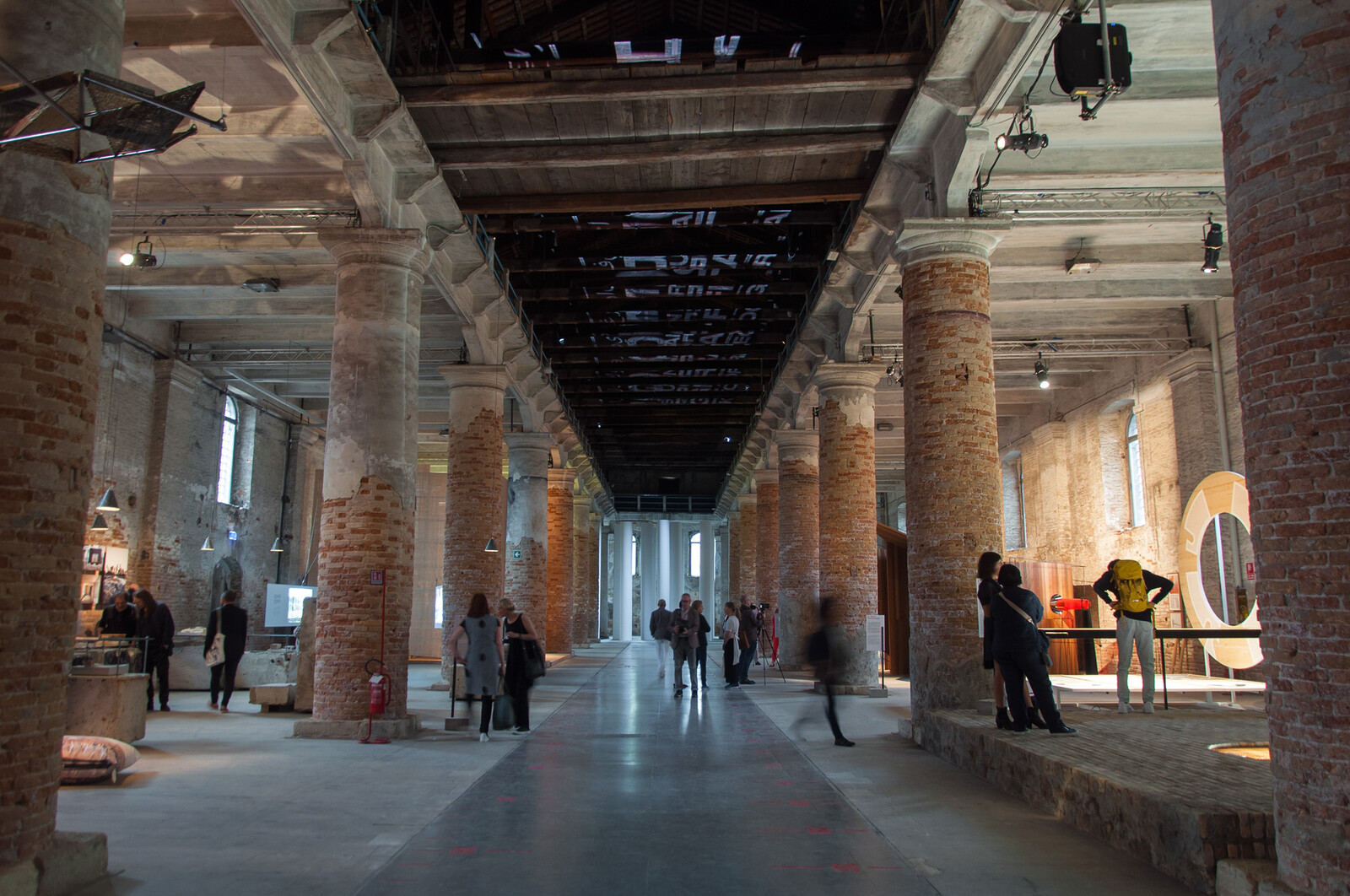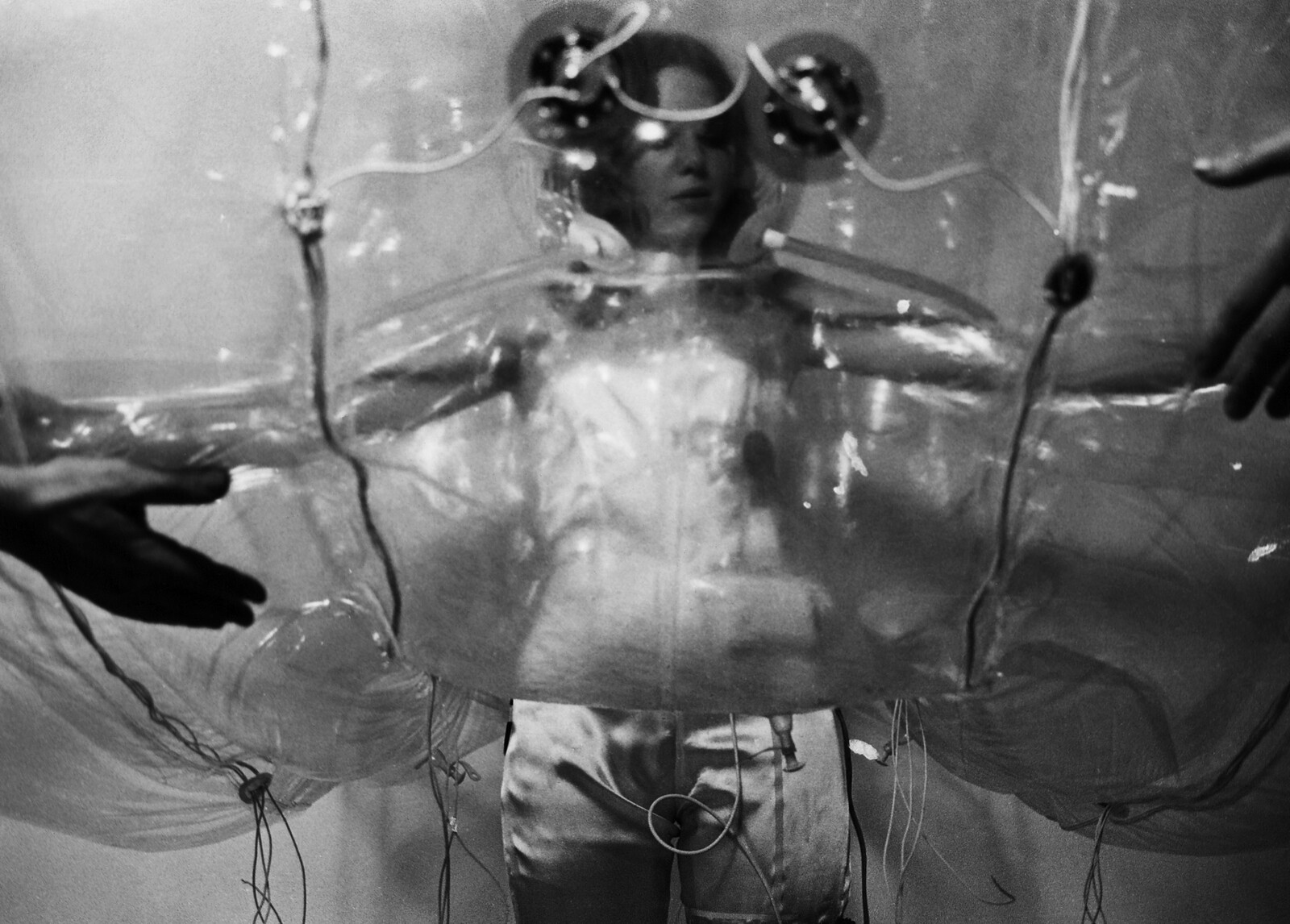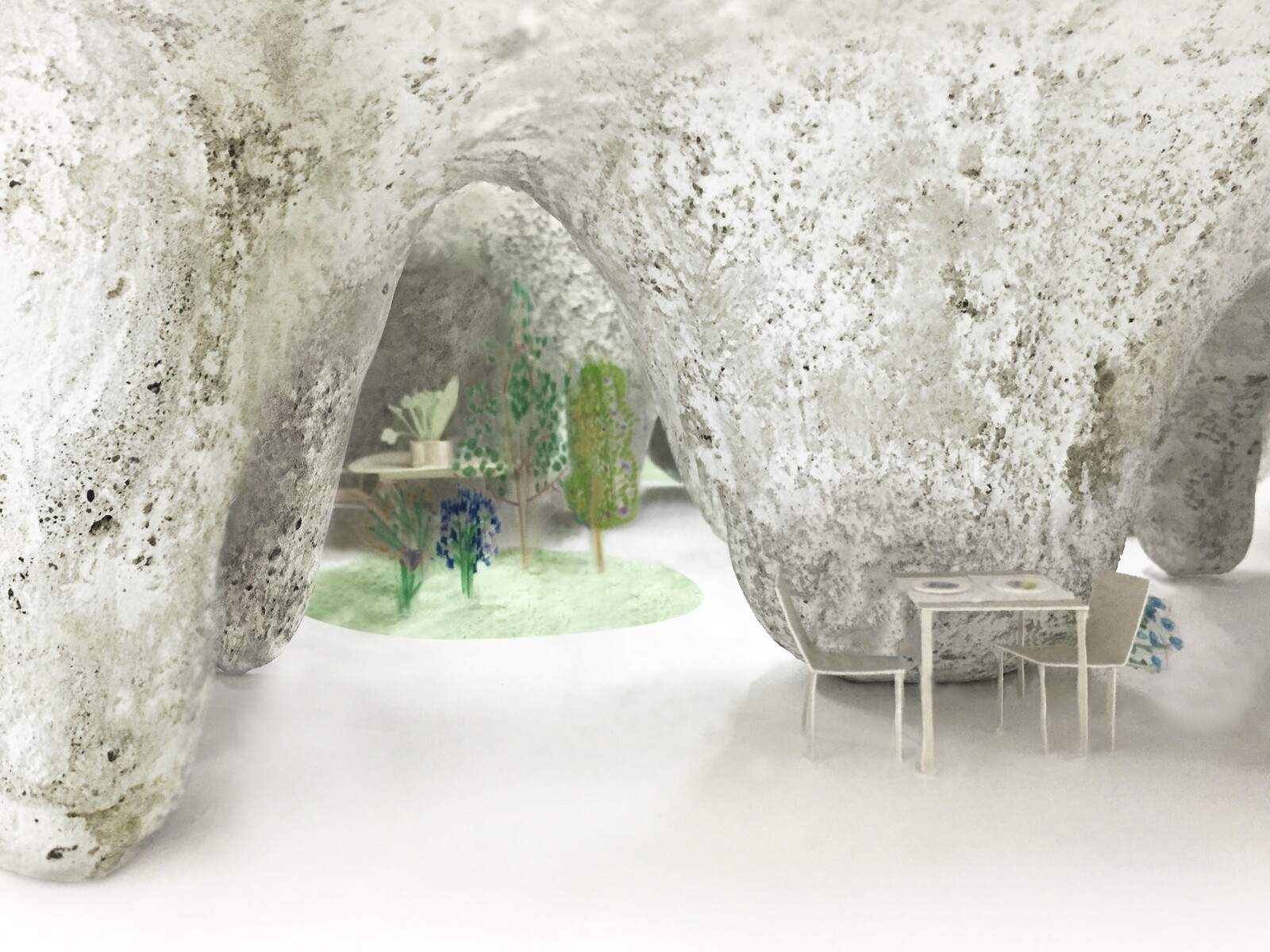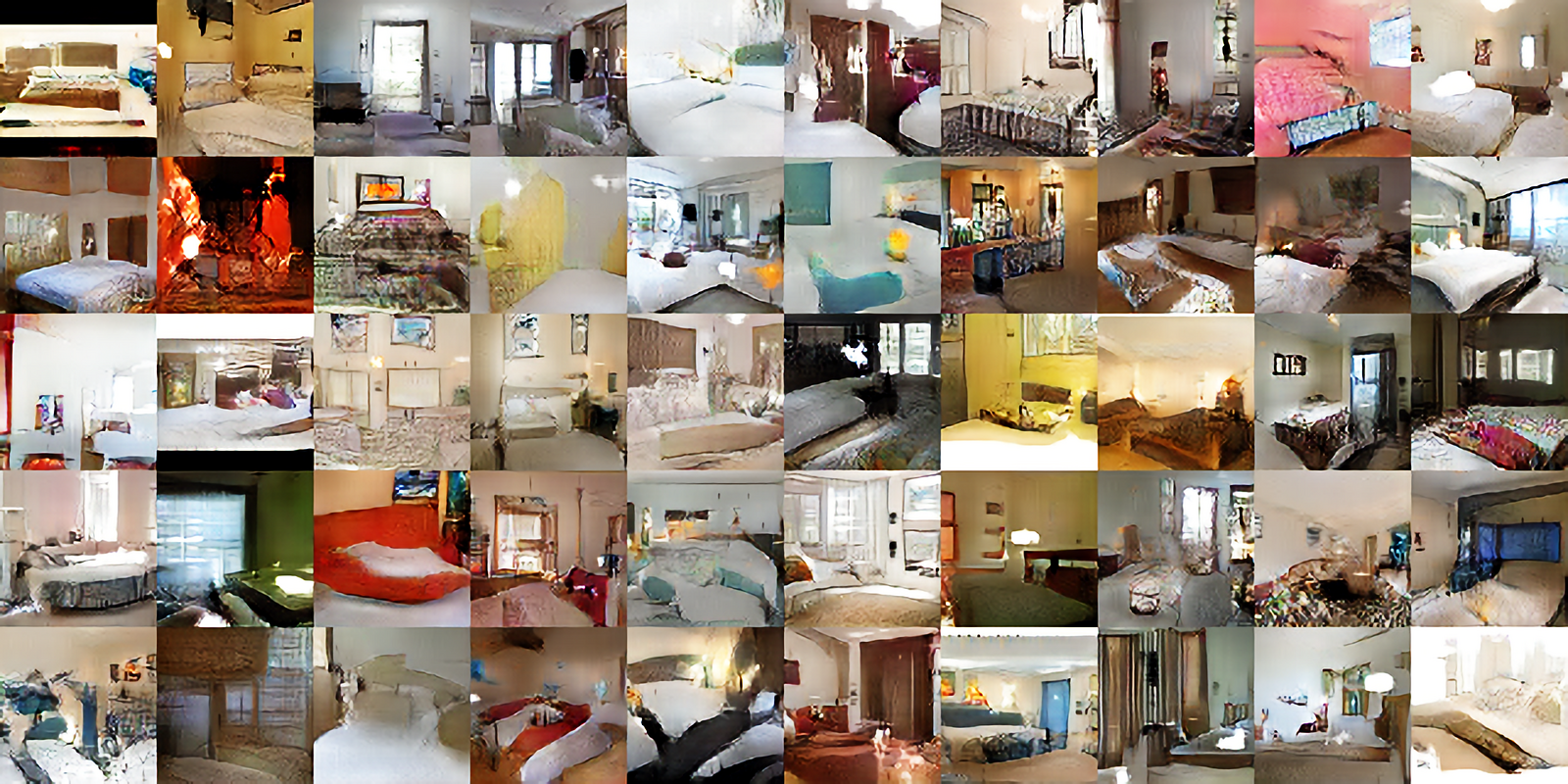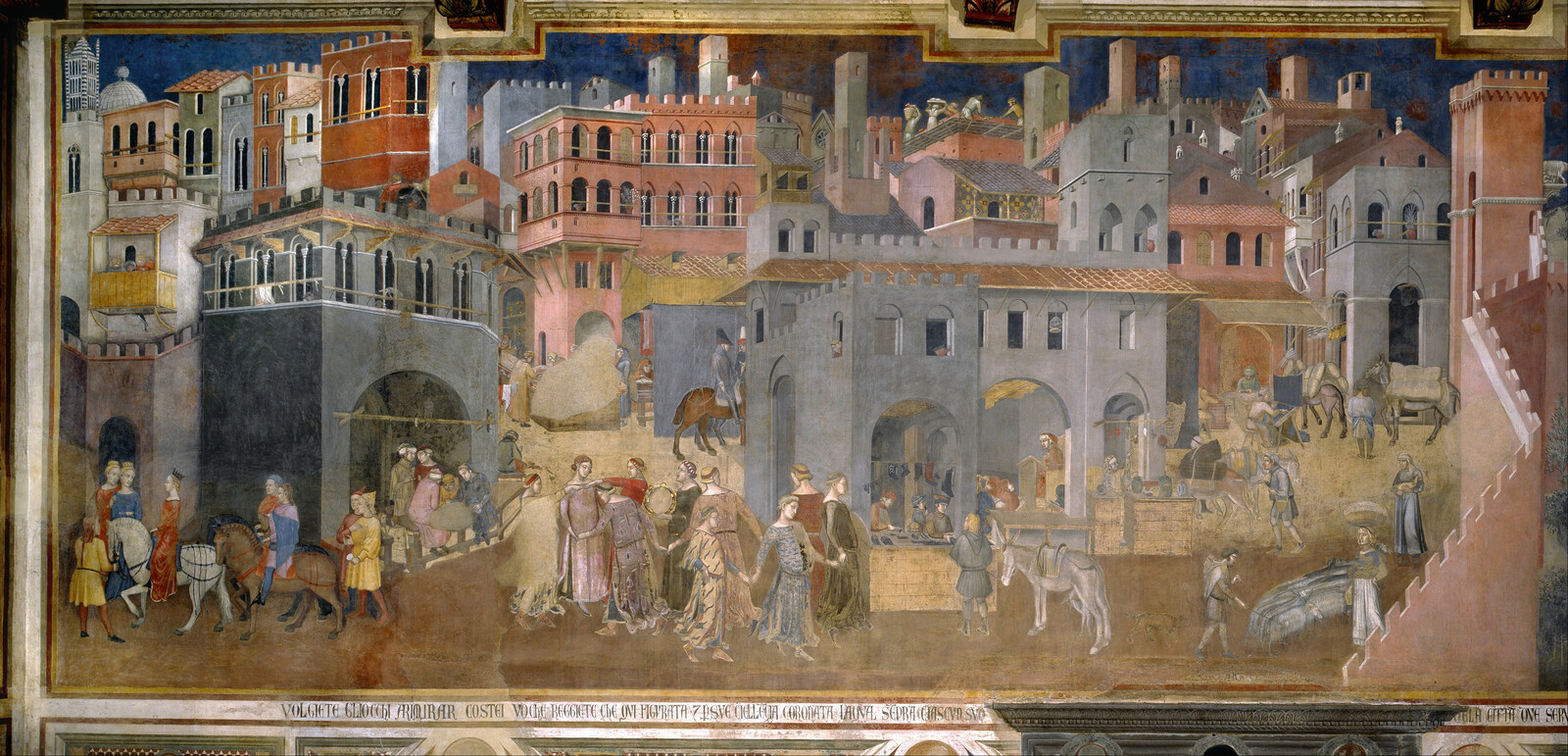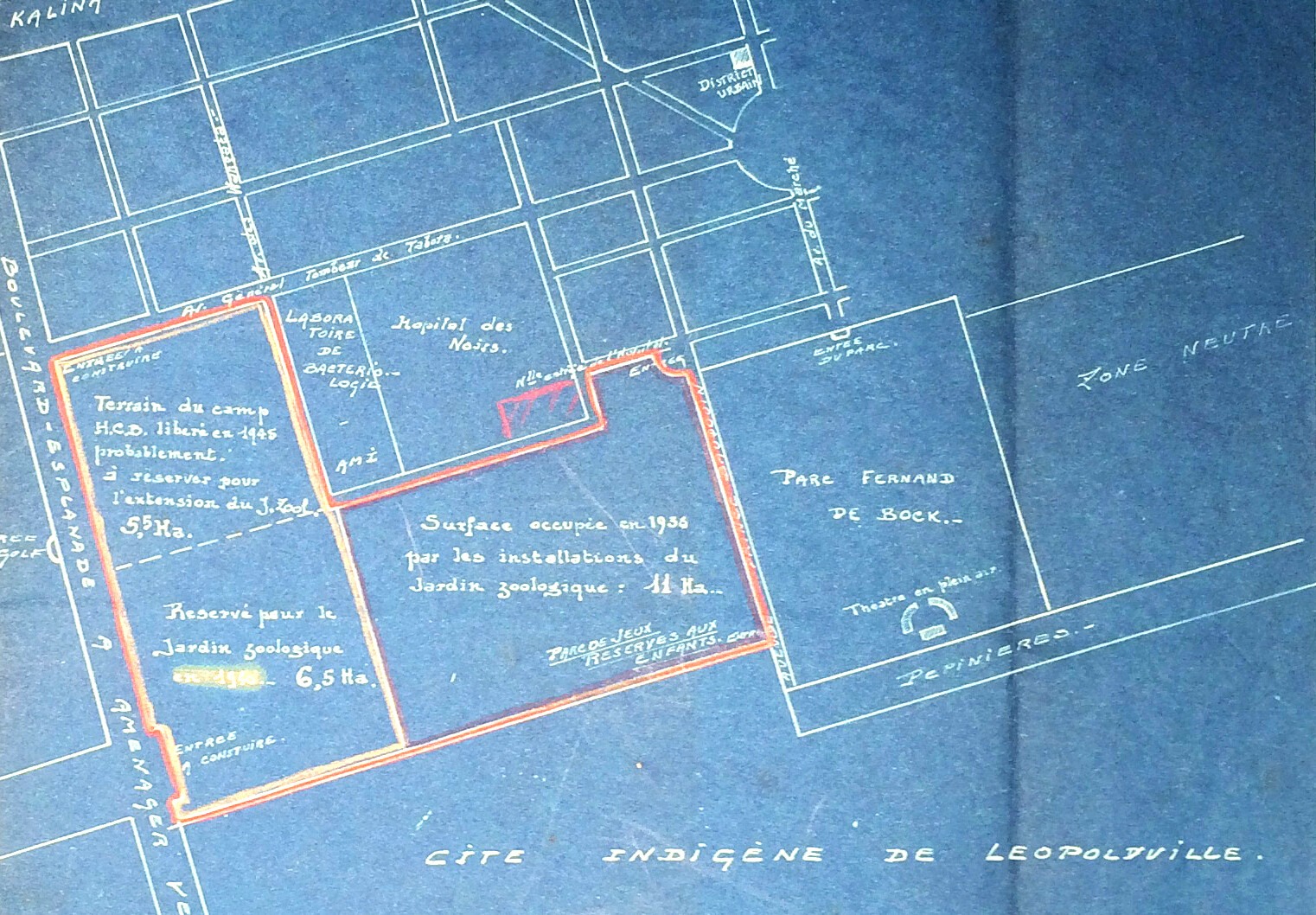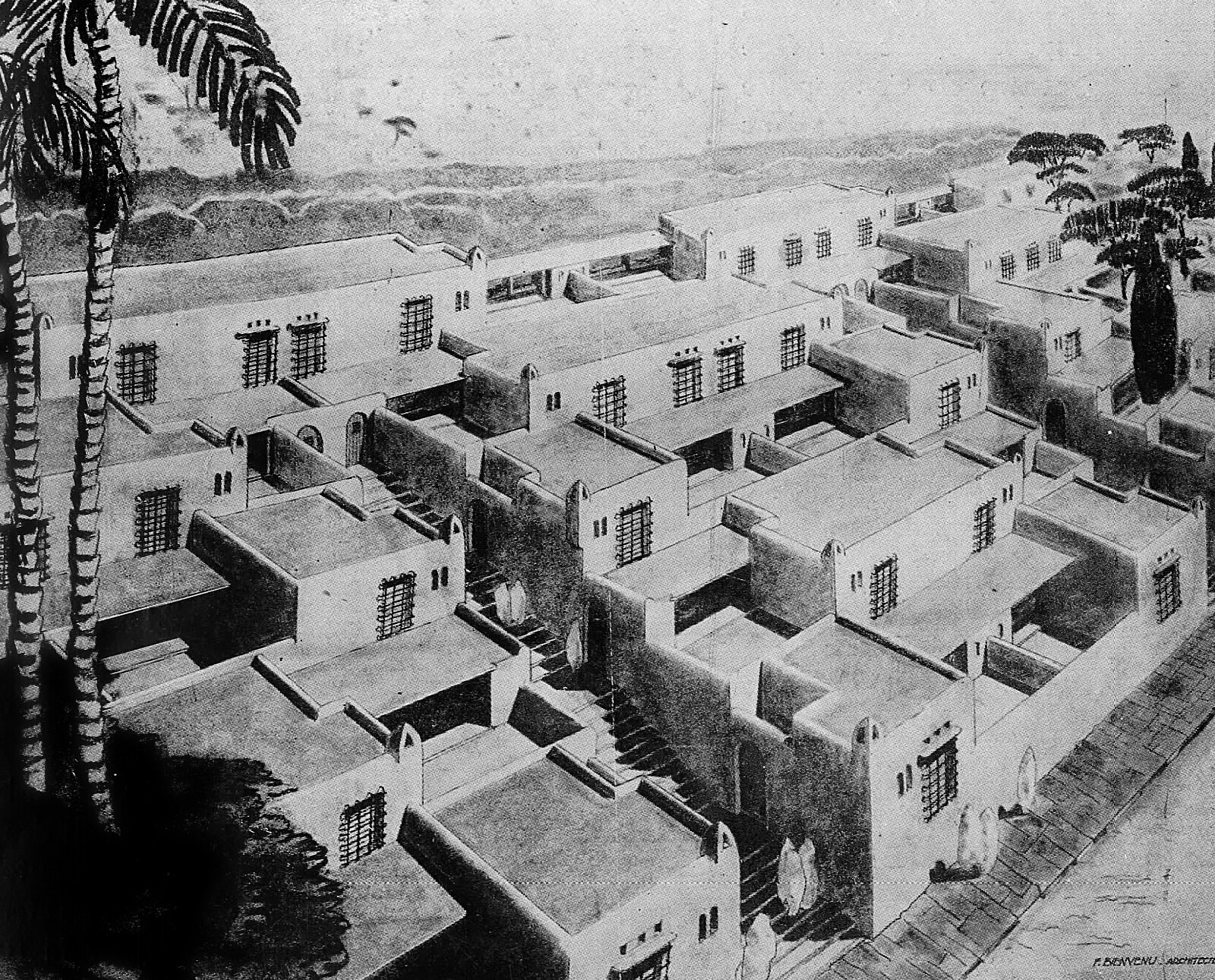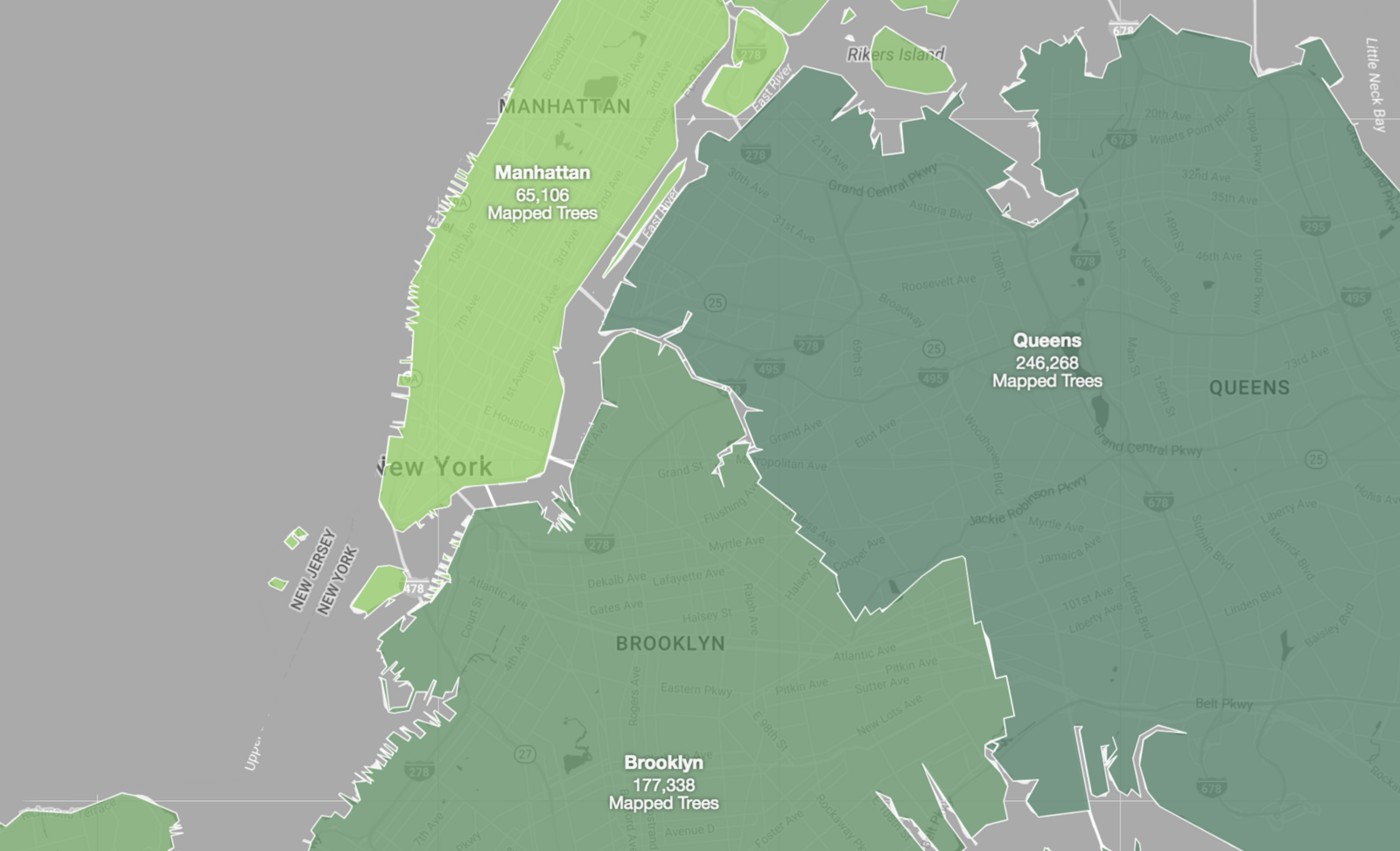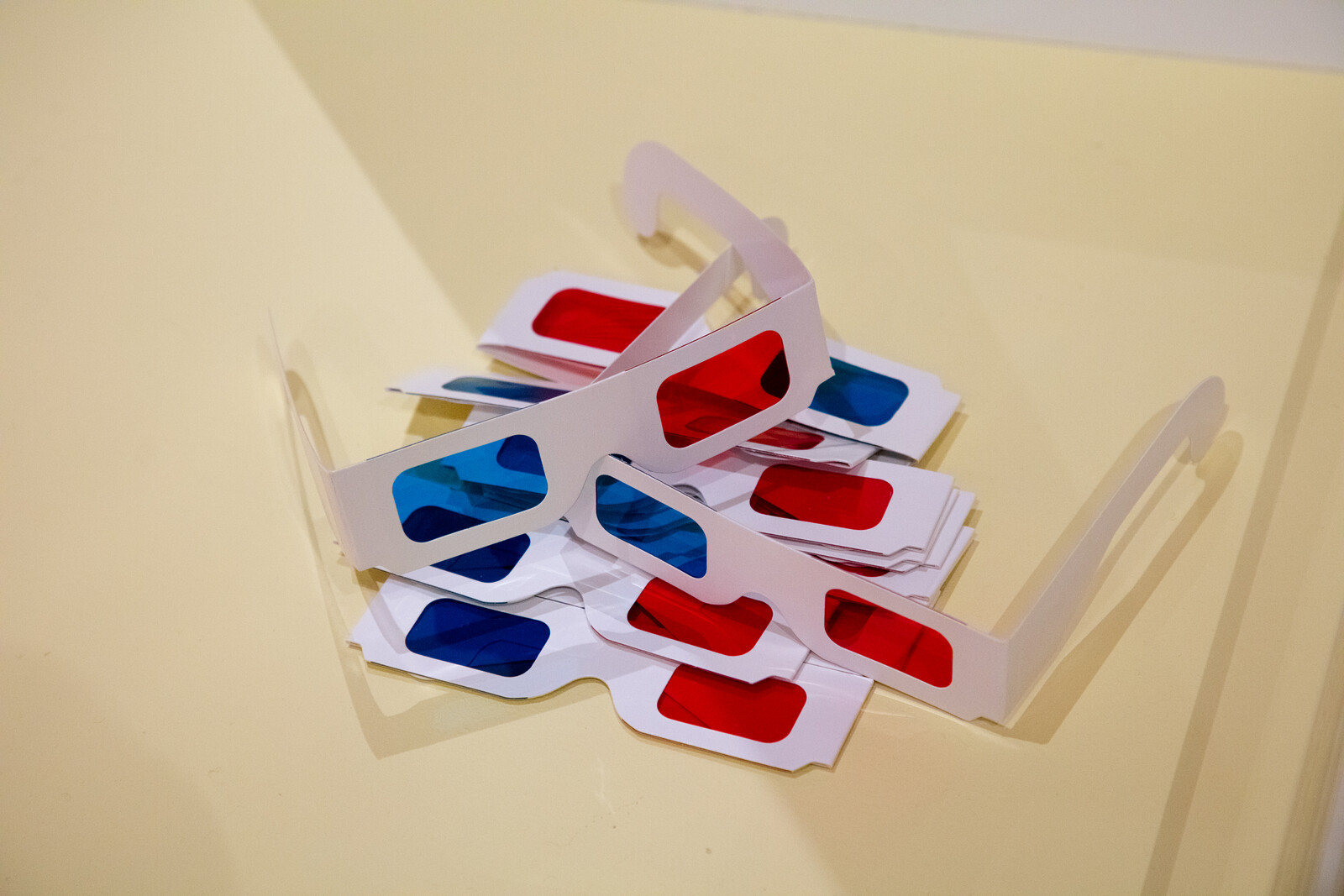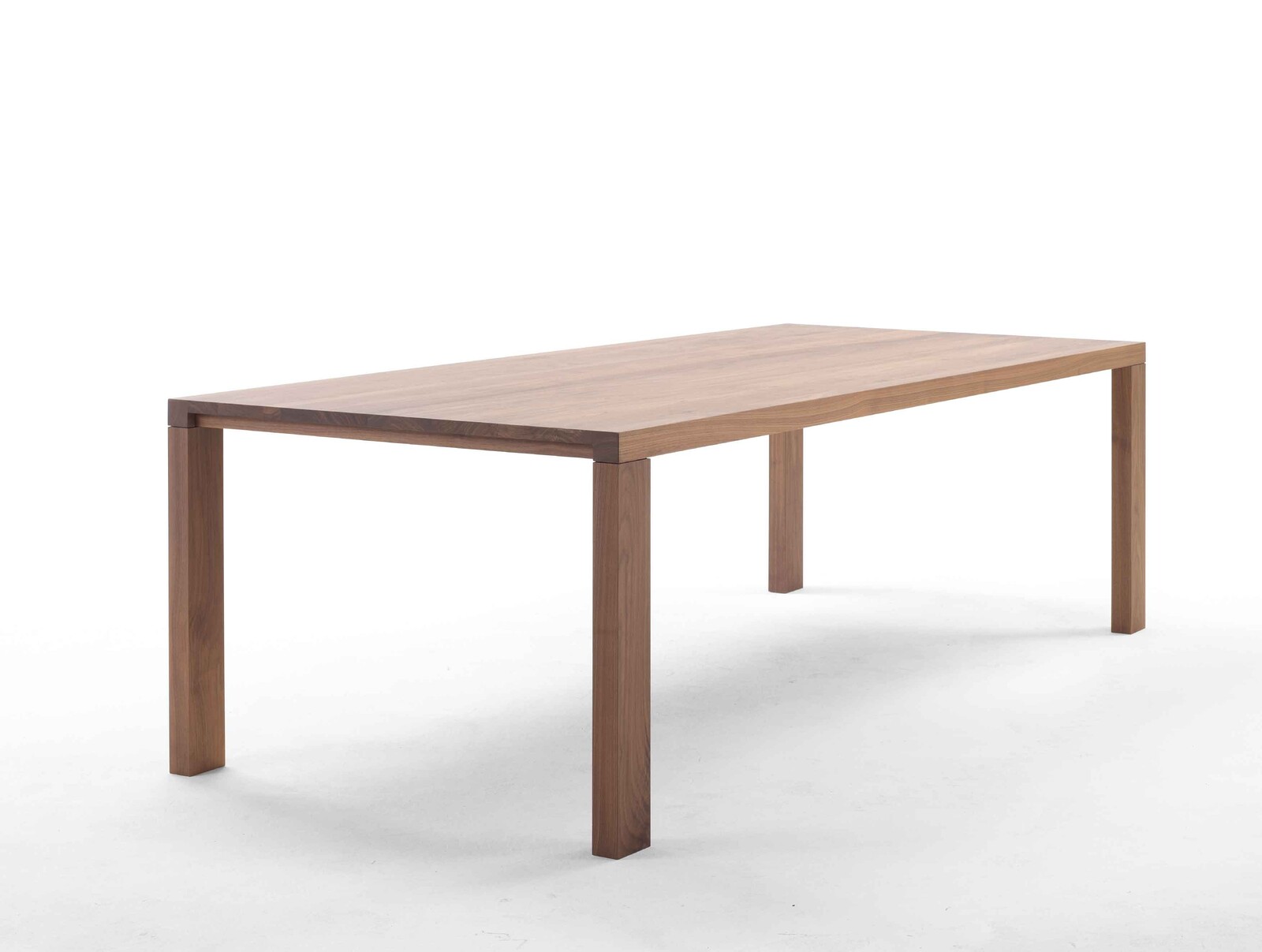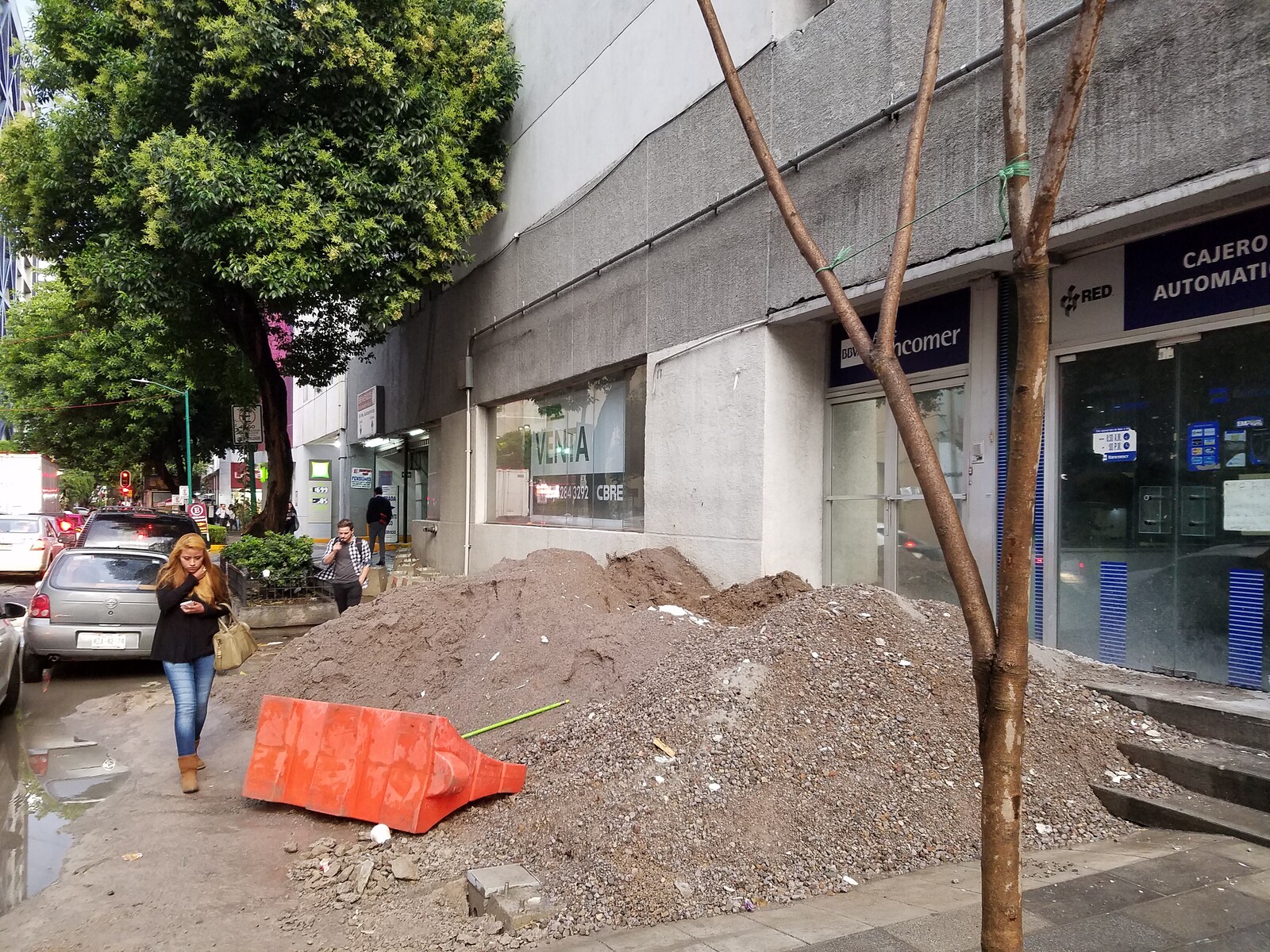Nick Axel Architecture is always a product of its time. It registers the social, economic, and political conditions within which a project has come into being, not to mention the cultural, ideological, and aesthetic agendas fueling its realization. The architect, then, is like a meteorologist, with projects as their barometers. Your practice started in Spain in the early 2000s, in a period of euphoric construction. Then, the financial system underpinning it collapsed. Can you describe what sort of an effect the financial crisis had and how it changed architectural practice within Spain over the past fifteen years?
Iñaqui Carnicero Before the crisis, it was relatively easy for a young architect in Spain to find work through public competitions. It was a great opportunity for young studios to push their ideas without many constraints. If your project was awarded by the independent jury, then you would be able to build it. It was a beautiful moment, as it allowed for architects like us, who were just starting their independent careers, to compete with more renowned architects on equal footing. The jury wouldn’t consider the firm’s portfolio or experience; they would just be looking at the projects, and evaluate which is best. Right after the crisis, because of the cut in resources and economic budgets, public competitions started to disappear. So people who had private clients continued working, with less production of course, but most young architects couldn’t find any other way to keep producing. Then what happened is that many of these young architects started to leave the country, or redirect their professional practice and go into other disciplines. In our case, after complaining and crying about all the projects that we wouldn’t complete, we received an opportunity to start teaching in the US. So we moved, and since then, have been rethinking the way that we should continue to practice.
NA There was this film made by another Spanish architect, Angel Borrego Cubero, called The Competition which satirized the almost masochistic, Sisyphean nature of architectural competitions. But I wonder, how do you see them now?
IC Before 2007, every week we would have the possibility to participate in a competition of either an auditorium, or an airport, or a library. It was incredible. Because of all the magazines, publications, and online platforms that were publishing at the time, you would start to see all different types of architecture responding to the same issue. But the more these competitions were opened to architects, the more architecture was affected by this system. So to win a competition, you had to be unique. You had to differentiate yourself. That is something that can be criticized, or talked about at least. But at the same time, when people became aware of the amount of resources that it took to launch and follow through with all of these competitions, they started to consider the responsibility of putting all these new buildings in the city, rethinking the amount of architecture that needed to be produced. That was something really interesting to reflect upon after the crisis. But I still think that, for young architects, public competitions are important to give them the opportunity to start. But a position somewhere in between would be great.
Lorena del Río I think our perspective on competitions has changed drastically since we moved to the States. It’s true that there was a moment in which there was an excess of architecture and an excess of public competitions. But then we moved to the States and saw the lack of competitions there, which is creating a situation where public buildings have no architectural interest, or architecture is not considered a tool to improve typologies, or buildings that affect everyday life that are extremely important, like public schools, or public housing. That was a given for us in Spain, and now we are missing that. We would love to import that, but we don’t know how.
Nikolaus Hirsch With public competitions, it’s one thing to look at how it works from the perspective of architectural debate, but you can also flip the perspective and ask, what is a public competition from the perspective of the state, of government, or of a city government? It can be a very powerful tool: if you have a problem and you don’t exactly know how to solve it. It’s also, theoretically speaking, a democratic forum in which a res publica, a public thing is discussed.
LdR Absolutely.
NH I also have a romantic memory of the good old times of competitions. In Europe, governmental organizations are legally bound to do competitions, but the way they do them has drastically changed since 2008. It has become much more difficult for younger, or smaller offices to be invited. The competition format is a barometer of how serious architectural debate is taken by politics. Right now, in Europe, it’s not taken seriously. Governments are increasingly try to play it safe by inviting the usual suspects or those who have proven expertise in a particular field. They only invite offices that have already built a hospital. But who has built a hospital?
LdR It’s really interesting when it’s taken as a research exercise, or a laboratory. Competitions say that architects should be the experts and think about what innovations need to or should take place. That is something that you cannot do with a private client. Politicians should take advantage of the possibility of having 100 architects thinking about the same topic.
IC There is something scary happening, maybe globally, increasingly in Spain, and definitely in the US: architecture is produced by fewer and bigger offices. Big corporate offices in Spain right now have lot of work, but young offices and architects have almost nothing. I think this is scary because, ultimately, the job is done by the same young architects who, instead of starting their own offices, work for others, for these corporate offices. So the projects will be developed by the same people, but the problem is that the money, and the recognition, won’t go directly to them.
NA The status of risk within architecture after the crisis has changed. I remember hearing that after the crash in New York, architects, and everyone involved in construction, for that matter, needed to build as fast as possible, because no one knew for how long the financial conditions are going to be right. This isn’t necessarily a risk averse strategy, but just trying to capitalize on the now, insofar as it’s definted by high-speed trading algorithms, currency markets, and the real estate market. It’s compressed the time scale of architecture. At the same time, it’s closed the imagination of what architecture can offer to society and to the people that use it.
NH It’s interesting to talk about the temporal dimension, since Unfinished, your exhibition at the Spanish Pavilion as part of the 2016 Venice Architecture Biennale, is about what happens when time runs out. There’s a very strong political dimension in this, but also a very strong aesthetic dimension. Can you talk about how the exhibition relates to these changing, tightening conditions for the production of architecture we’ve been talking about?
IC Alejandro Aravena, the curator of the Biennale, had the idea to ask all the curators of the national pavilions to share what they thought was the main issue that architecture has faced during the last years. For us, it was simple to look at how the crisis affected Spanish offices, and how the excess of production were used as a driving force to bring prosperity. Everybody wanted to have an auditorium or an airport. So, what happened is that all these buildings, with very specific responses to the program and an inability to adapt to other uses, became ruins. Only those buildings that were capable of adapting to other uses are the ones that have successfully become other things. You can still find abandoned airports all around the country. We thought it was interesting to report this negative aspect. But at the same time, as architects, we were fascinated by the idea of using time as a variable in the equation of architecture. What if we consider time as a design strategy? What if we don’t submit a final product to a competition, but something that evolves over time? We also found the opportunity to share the work of some architects who, in the last five years, have been dealing with these constraints of creativity and imagination; architects who have responded to the lack of resources driven by an economy of means, and others who have considering the existing built environment as a starting point for their projects.
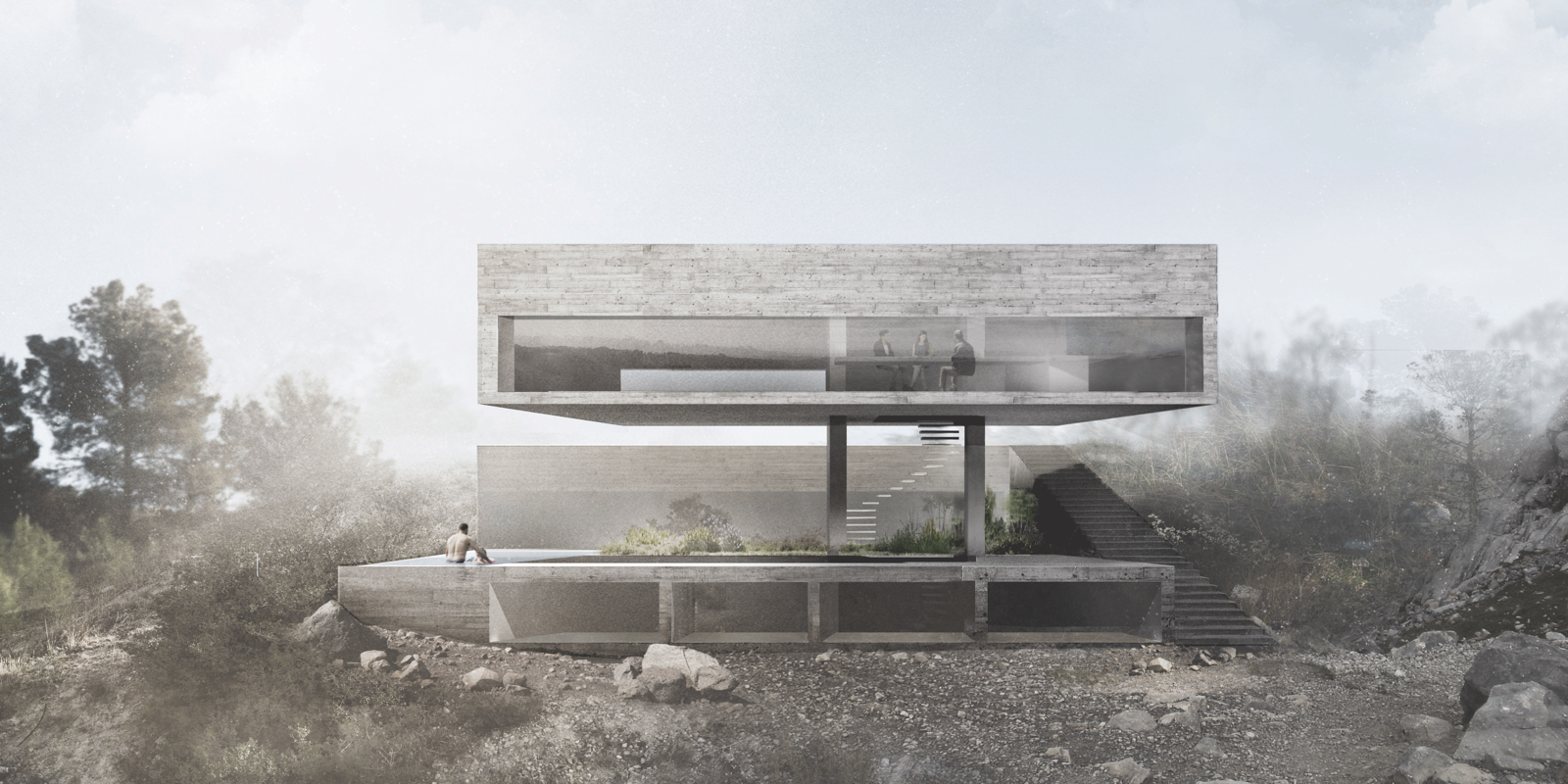
RICA Studio, Periscope House, Madrid, Spain, 2017.
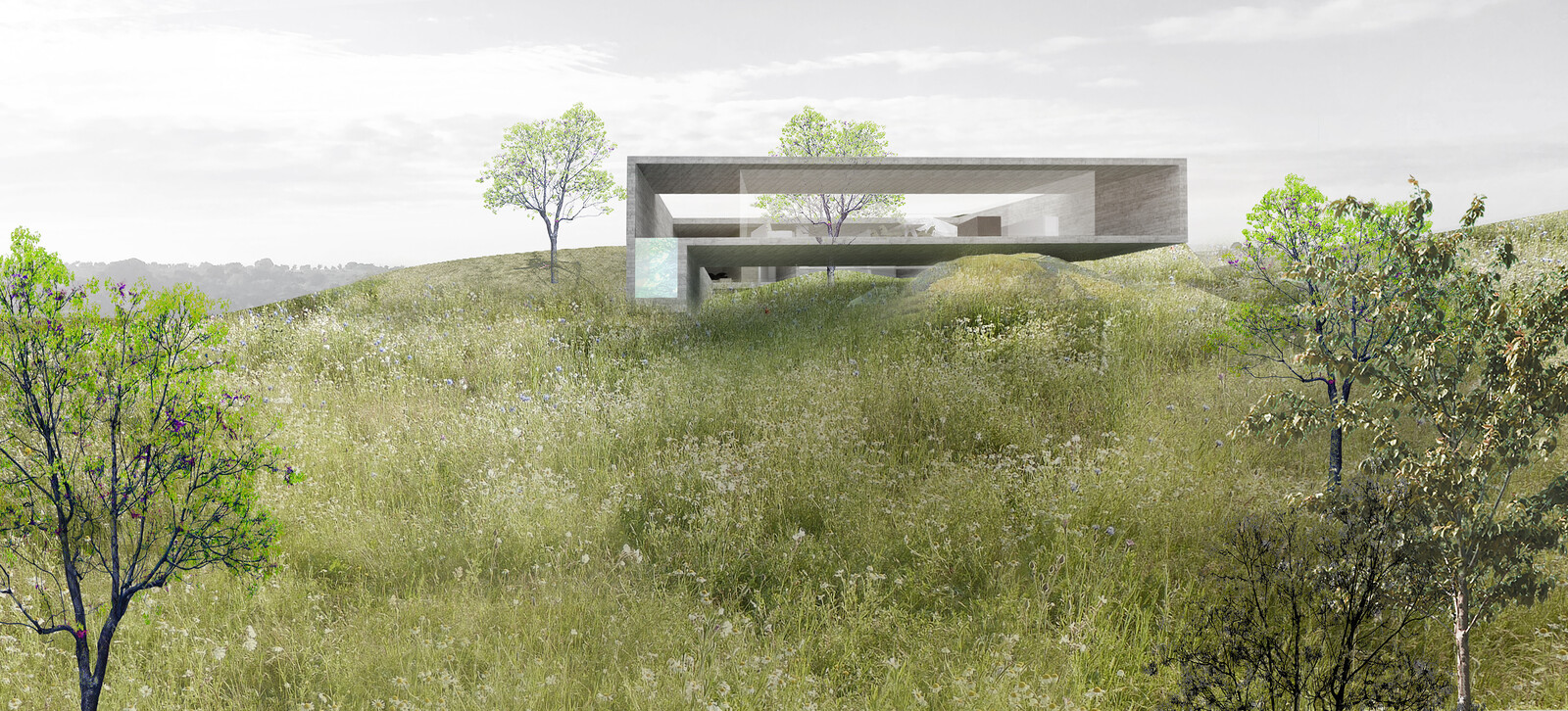
RICA Studio, Lens Villa, Campo Real, Spain, 2018.
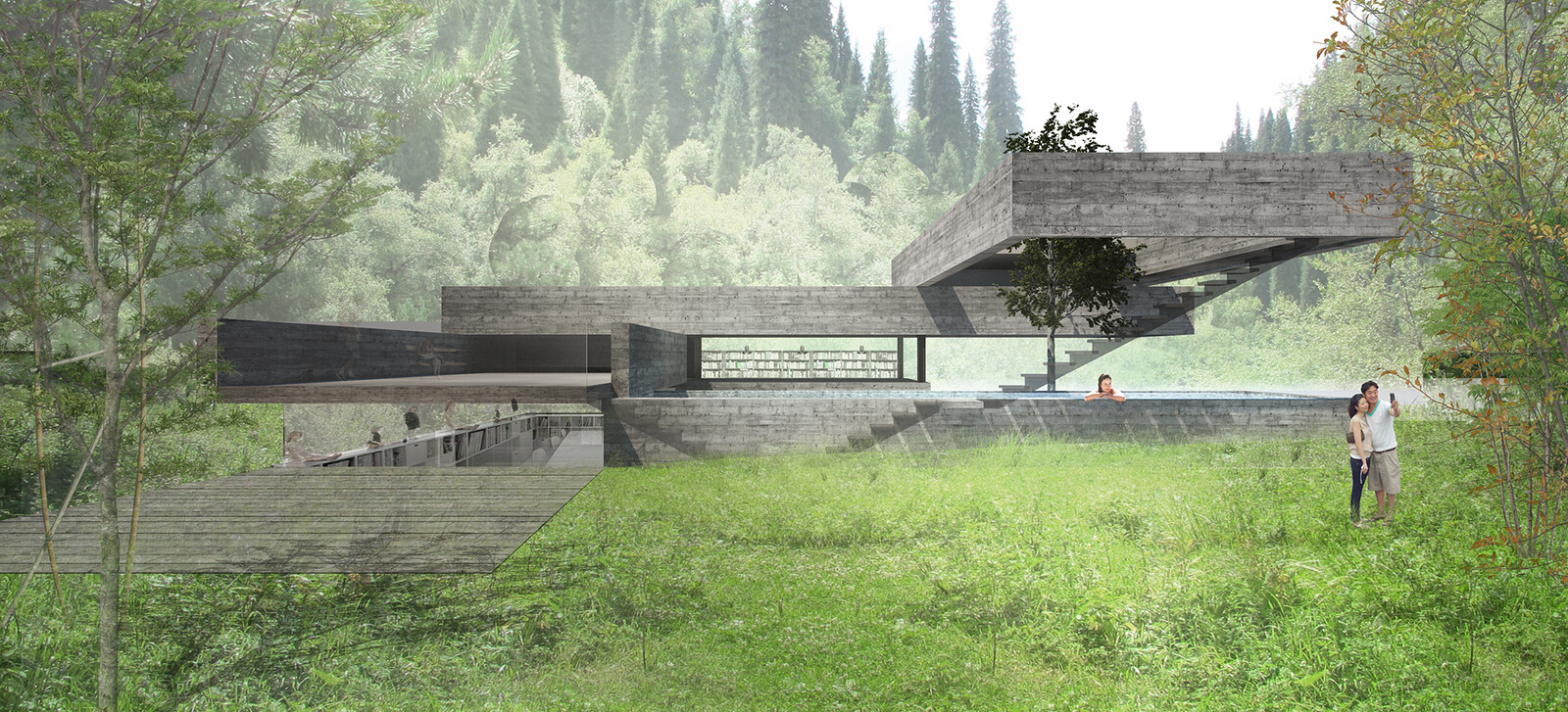
RICA Studio, Spiral House, Nalati, China, 2014.
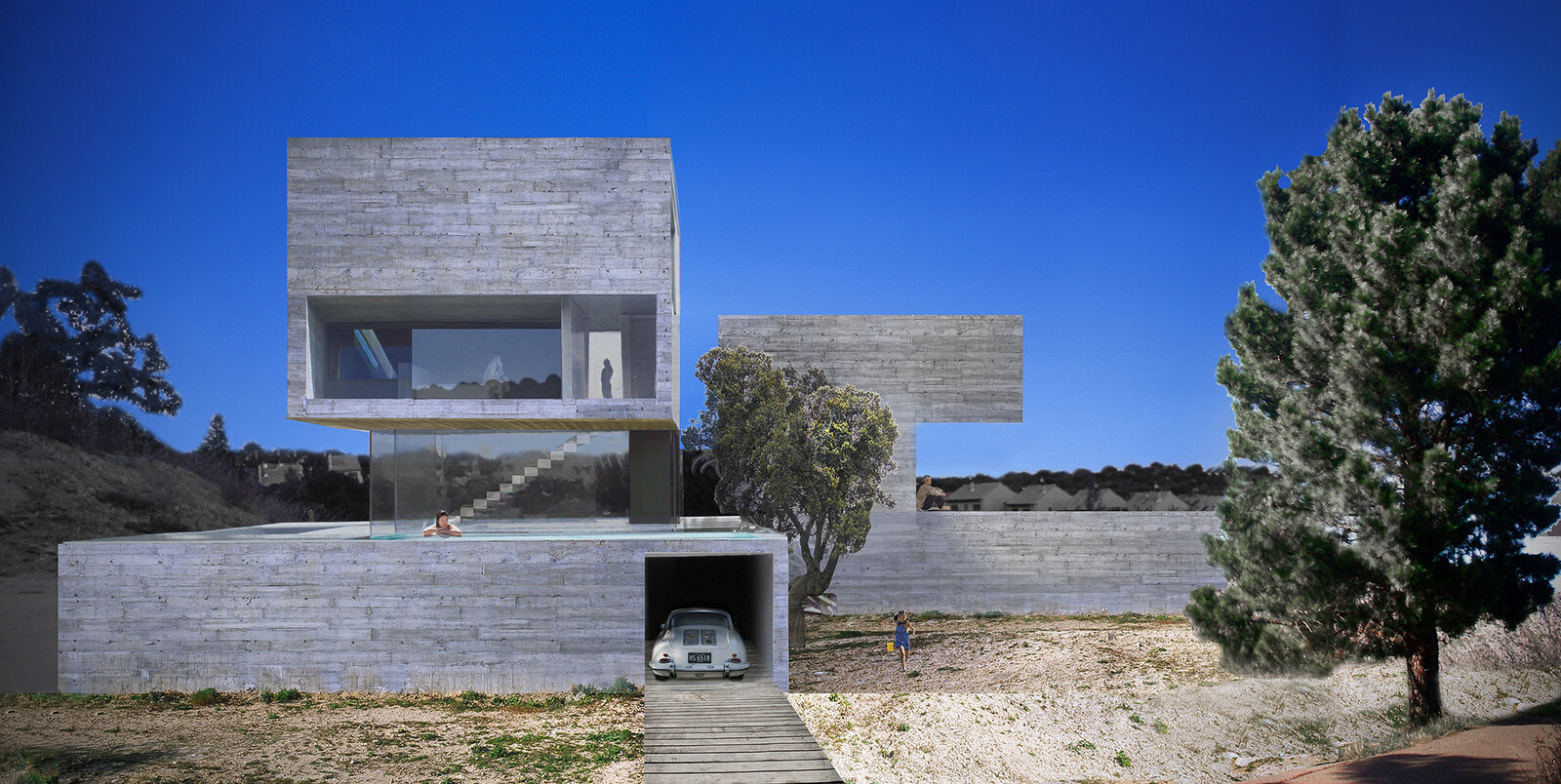
RICA Studio, Rada House, Madrid, Spain, 2014.
RICA Studio, Periscope House, Madrid, Spain, 2017.
NA You’ve designed a series of houses that seem to respond to this condition and almost internalize it. When I first look at these designs, it’s very reminiscent of the Brazilian maestros, of Vilanova Artigas and Paolo Mendes da Rocha, and even contemporaries like Angelo Bucci. But at the same time, I couldn’t help but look at the projects as ruins, as Robert Smithson’s idea of ruins in reverse. In what way has the condition of crisis influenced your consideration of materials, your use of form, your aesthetics?
LdR What’s most important to us is the idea of how these spaces can be used in different ways. We are trying to introduce a degree of flexibility that allow these places to function in different ways, because even family structures and personal situations evolve over time. That said, we probably do have a particular sensibility, which is related to the idea of honesty in materials. The beauty of ruins is that they reveal the raw materials behind them. Being sincere in how we construct and the materials we use is something that we’ve always enjoyed.
NA I wonder about this idea of completion within your projects though. Because there is a point where you will hand it over, which may be under your control, or as the crisis demonstrated, may not be. But even then, there are still these massive changes that are necessarily going to happen. You do this in a very different way than Aravena himself, when he creates these “half houses,” which residents are “designed” to fill in. You showed a lot of works in your exhibition in which there was a gesture of completion; an intervention to close the project.
IC In working with a client for a single family home, you have to deal with so many constraints, so making the case that instead of adding, we should remove, is a way to preserve and implement this mentality of the unfinished. The most important thing for us is deciding what you want to keep. Everything can change, but the architect needs to decide what shouldn’t.
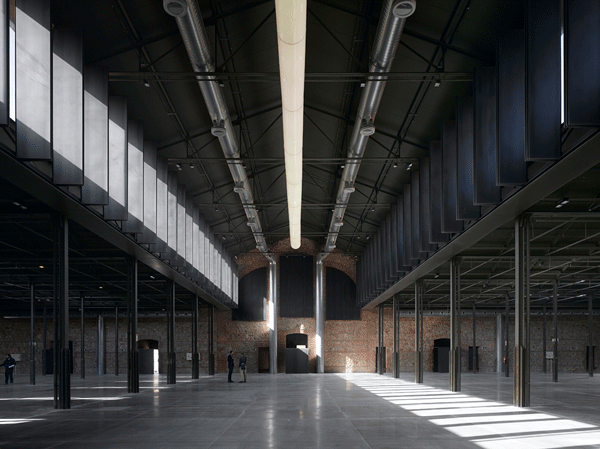

RICA Studio, Hangar 16, Matadero, Madrid, 2008–2012. Photo: Roland Halbe.
NH In that sense maybe one could define your role as an architect as someone who tries to define what a project is, because for architects, everything’s a project. There is a model we have in our minds as architects, that the notion of a project is something thrown into the future, something that tries to define the future, and traditionally, tries to control it as much as possible. In your case it seems as if you were trying to redefine what a project is, how far it goes, where you have control, and where you don’t.
IC We wouldn’t mind to fit that description. We are interested in the materiality of architecture. When we start a new project, we ask ourselves how necessary permanence really is. For example, in our Matadero project, we transformed an old slaughterhouse hangar into a contemporary art exhibition space. Instead of keeping the walls the way they were, full of graffiti and texture, we decided to peel off this layer and reveal the reverse of the main façade of the building. So with regards to what we were talking about before and the honesty of materials, that decision was not aesthetic. Rather, it was meant to show the history, or the memory of the place. It revealed the construction techniques that people were using at the beginning of the century.
LdR I thought it was very interesting that you could see the end of a cycle in some of the works exhibited in the pavilion. We’re interested in processes that are reversible. What was exhibited are the buildings’ current situations. So, even when you think it’s finished, it’s not, because it can transform again. I’m really curious about the projects from Aravena, these half houses. I’m sure some of them will go back to be half houses as history evolves. That’s what is so interesting about the idea of the unfinished.
Positions is an independent initiative of e-flux Architecture.
Category
Subject
Positions is an initiative of e-flux Architecture. This interview took place during the e-flux conversation series Practice at Milano Arch Week 2018, held at the e-flux Teatrino pavilion designed by Matteo Ghidoni—Salottobuono, made with the help of the Friuli-Venezia-Giulia (FVG) Region and by Filiera del Legno FVG (with the coordination of Regione FVG and Innova FVG).
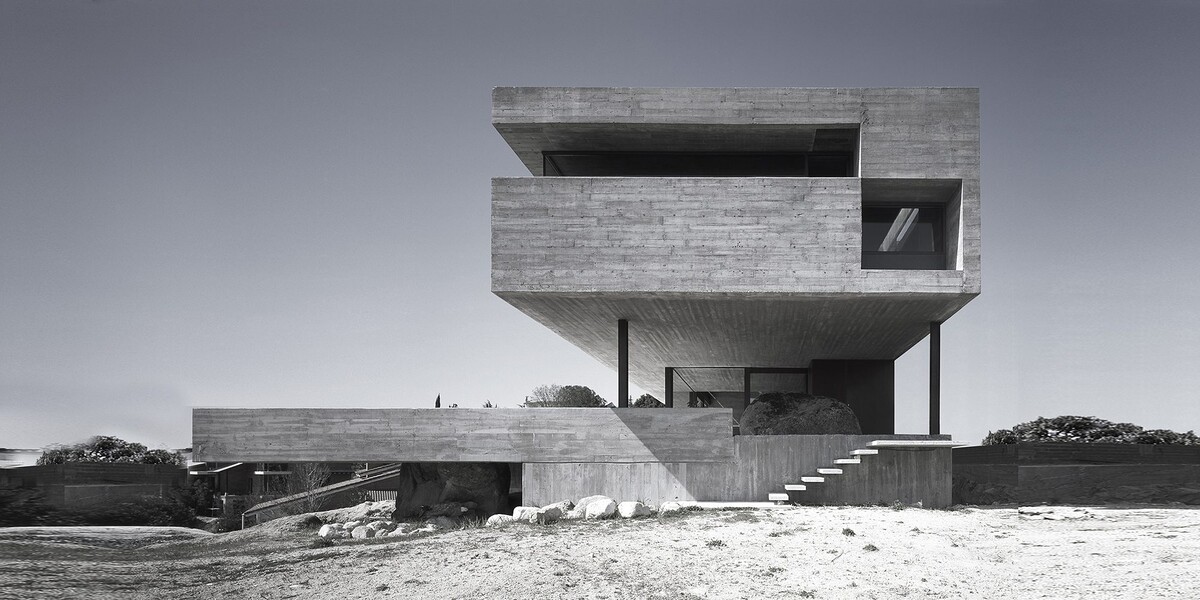
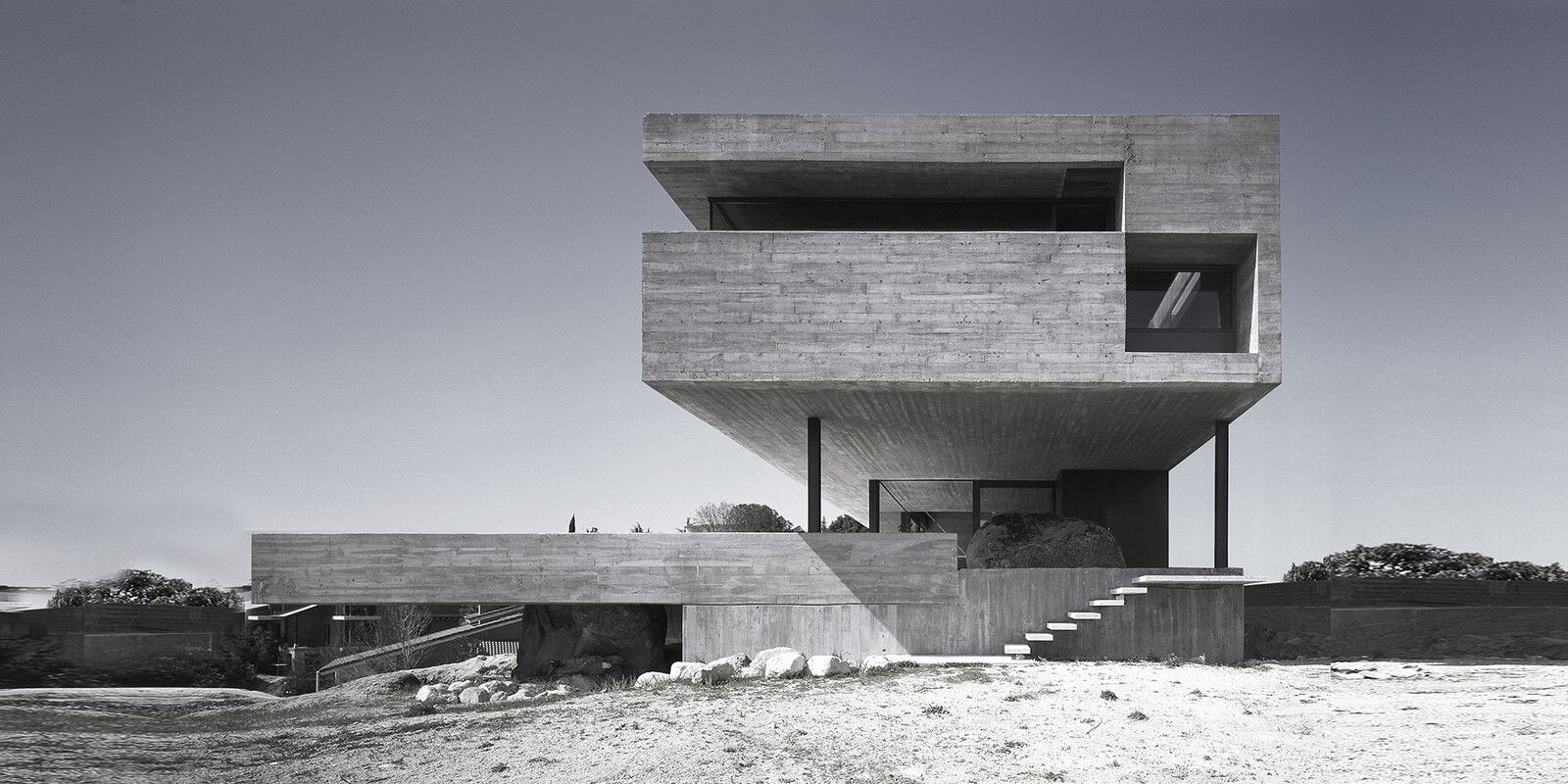


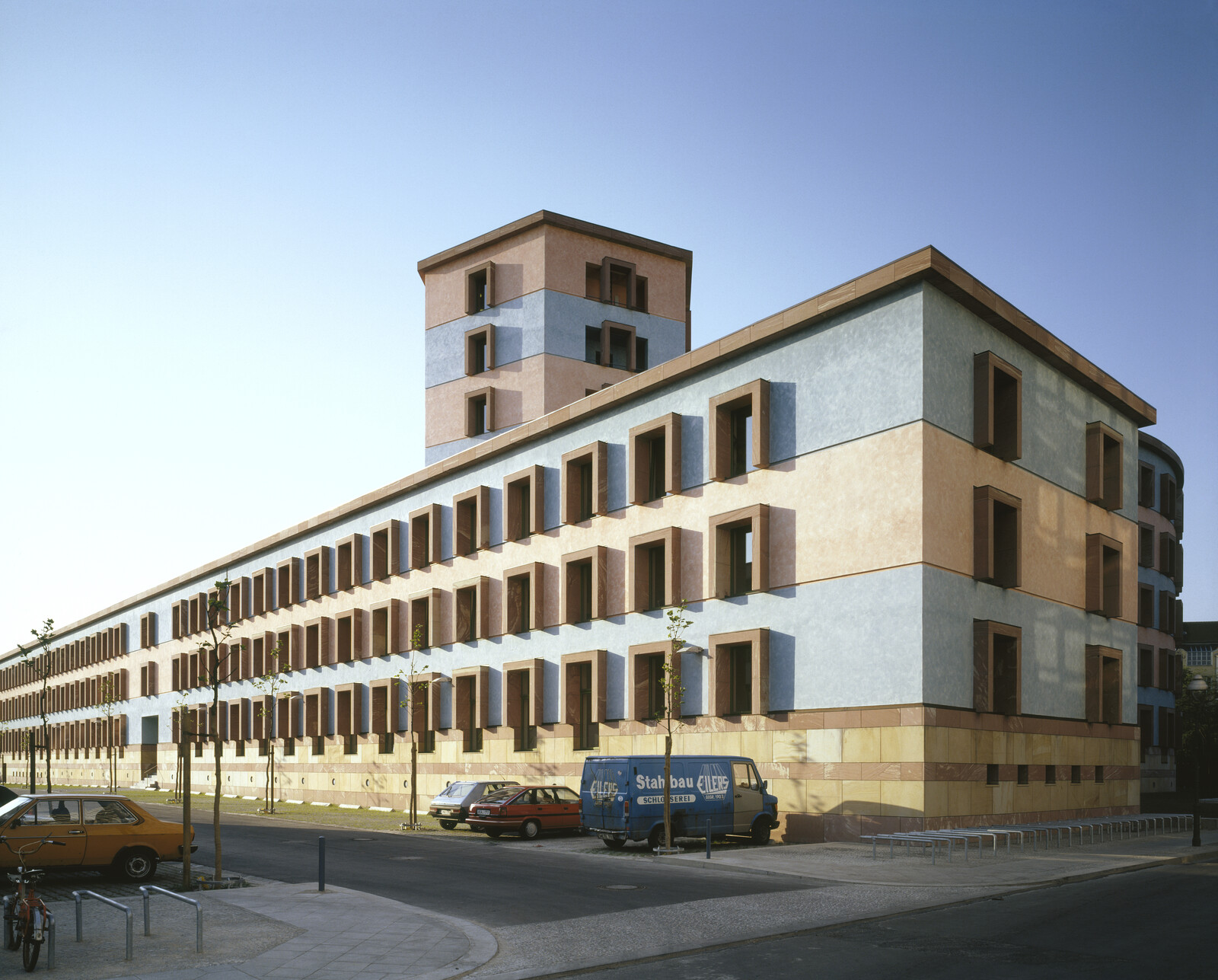
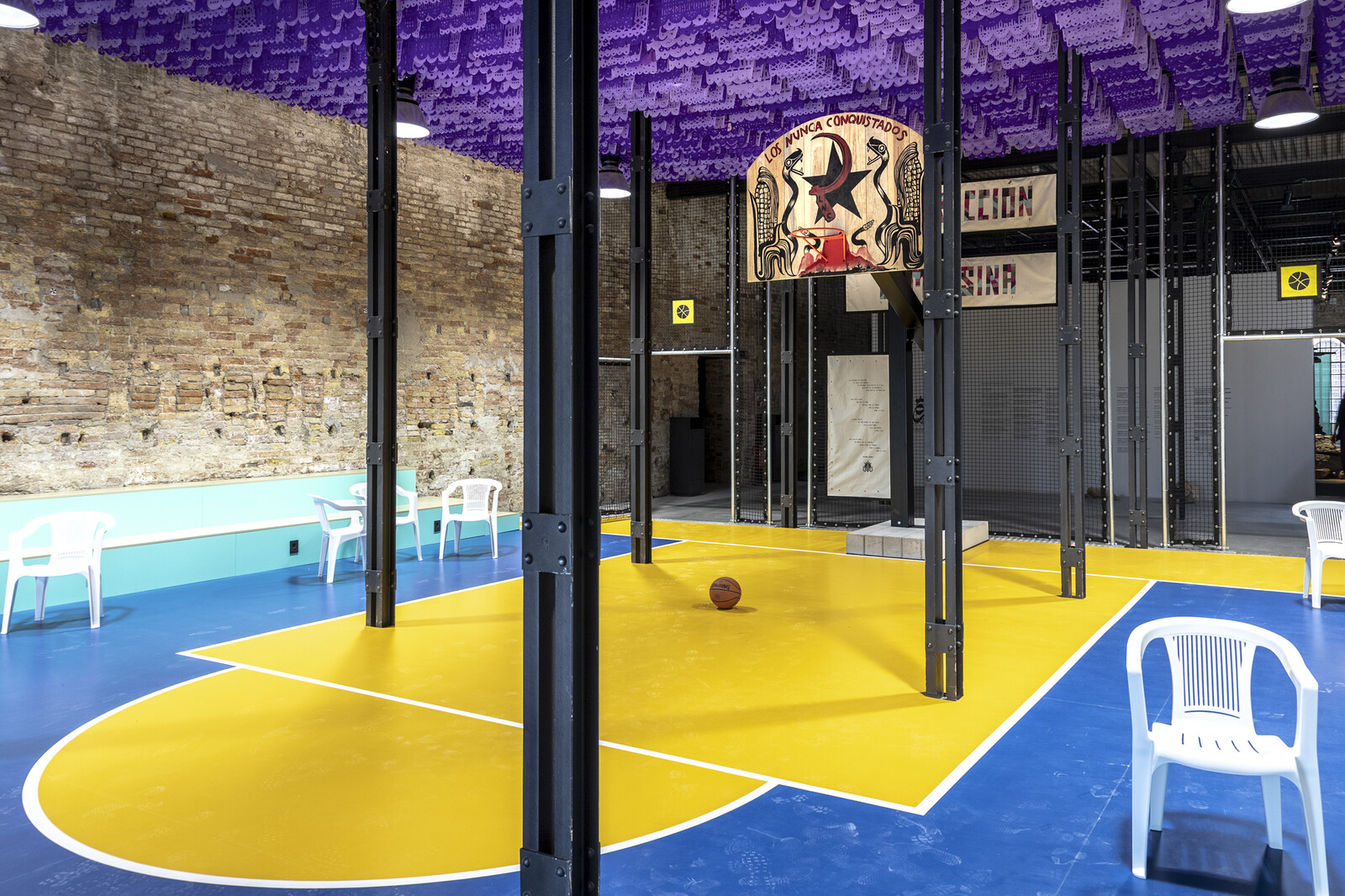
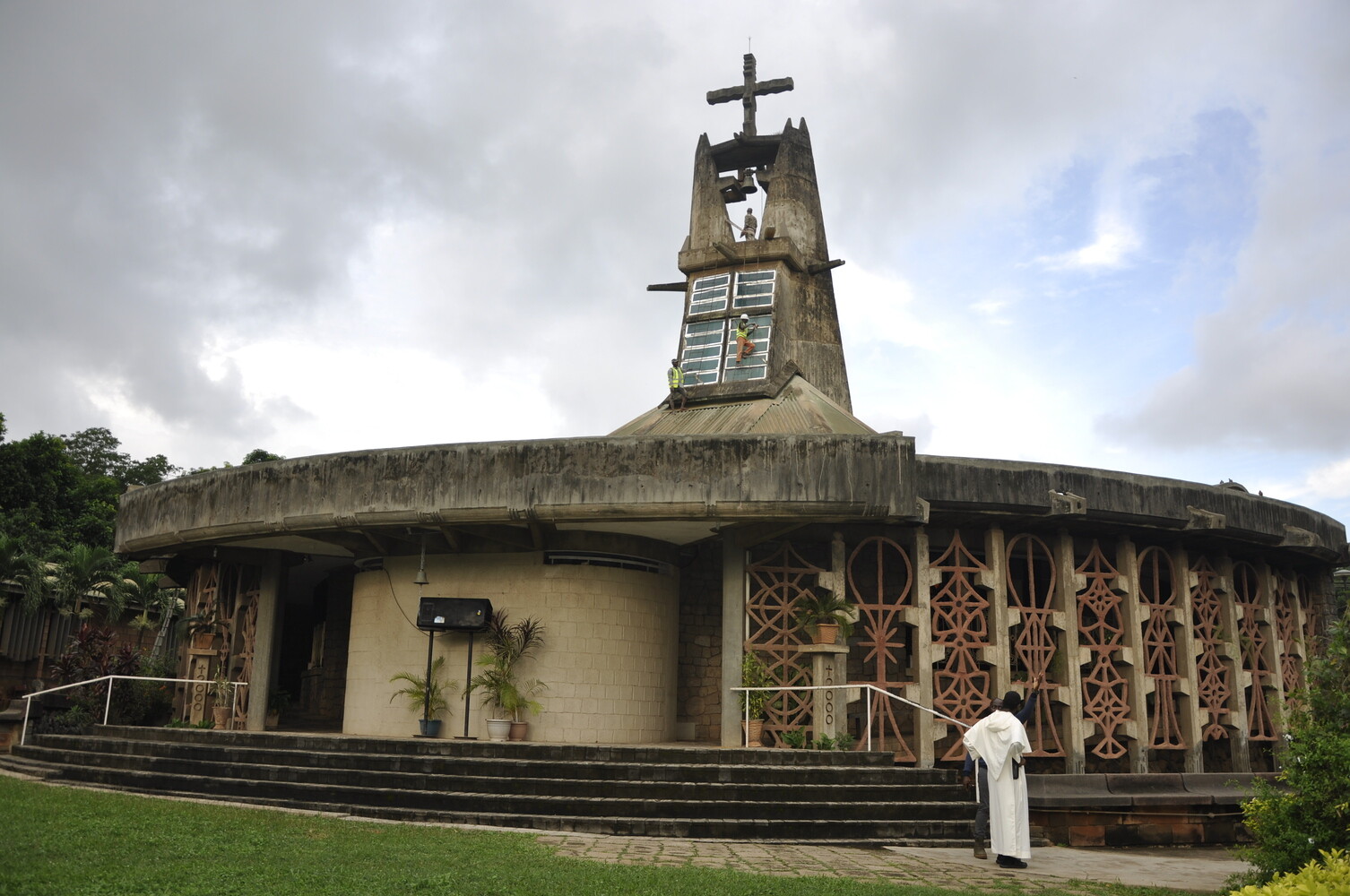
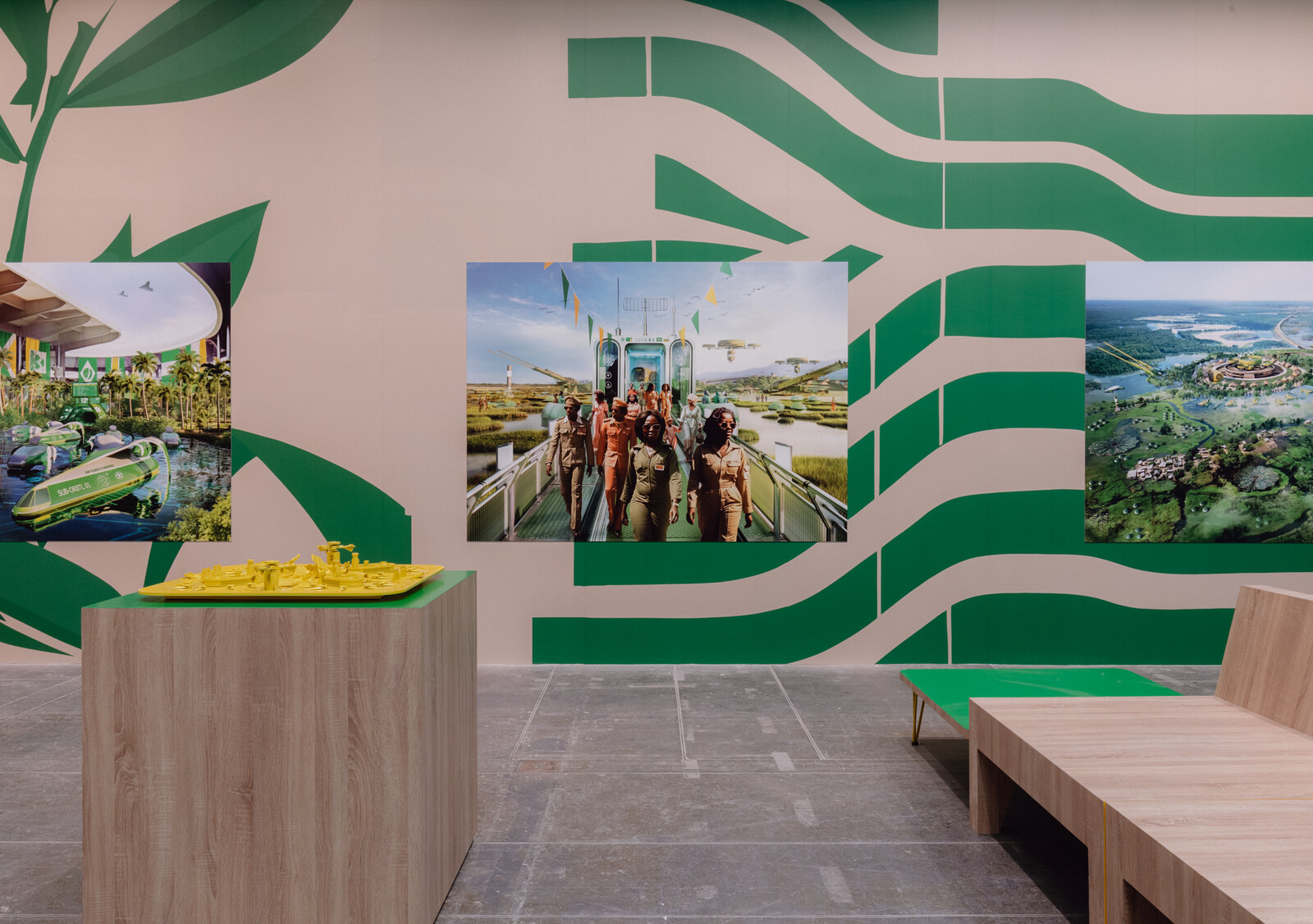
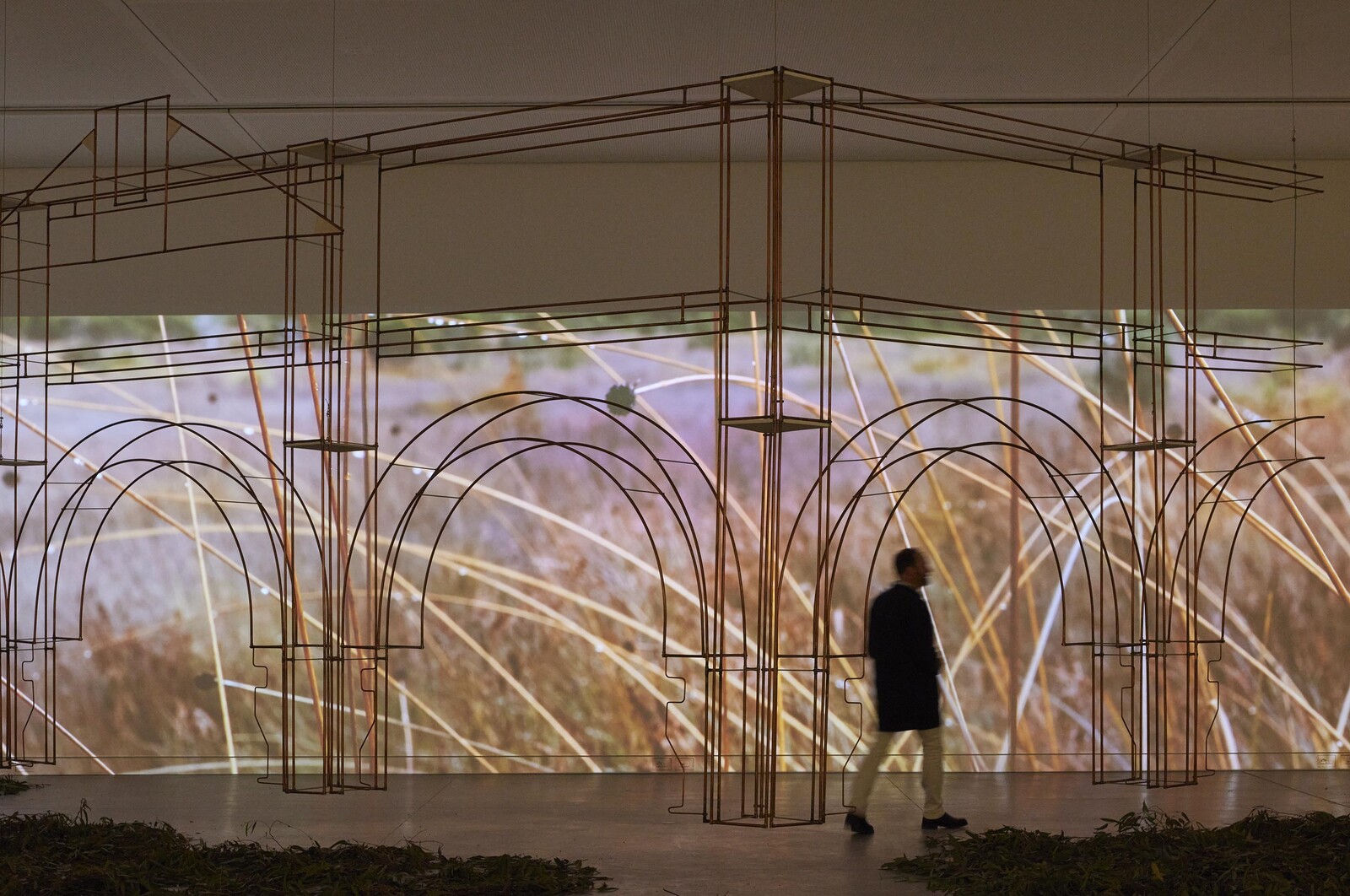

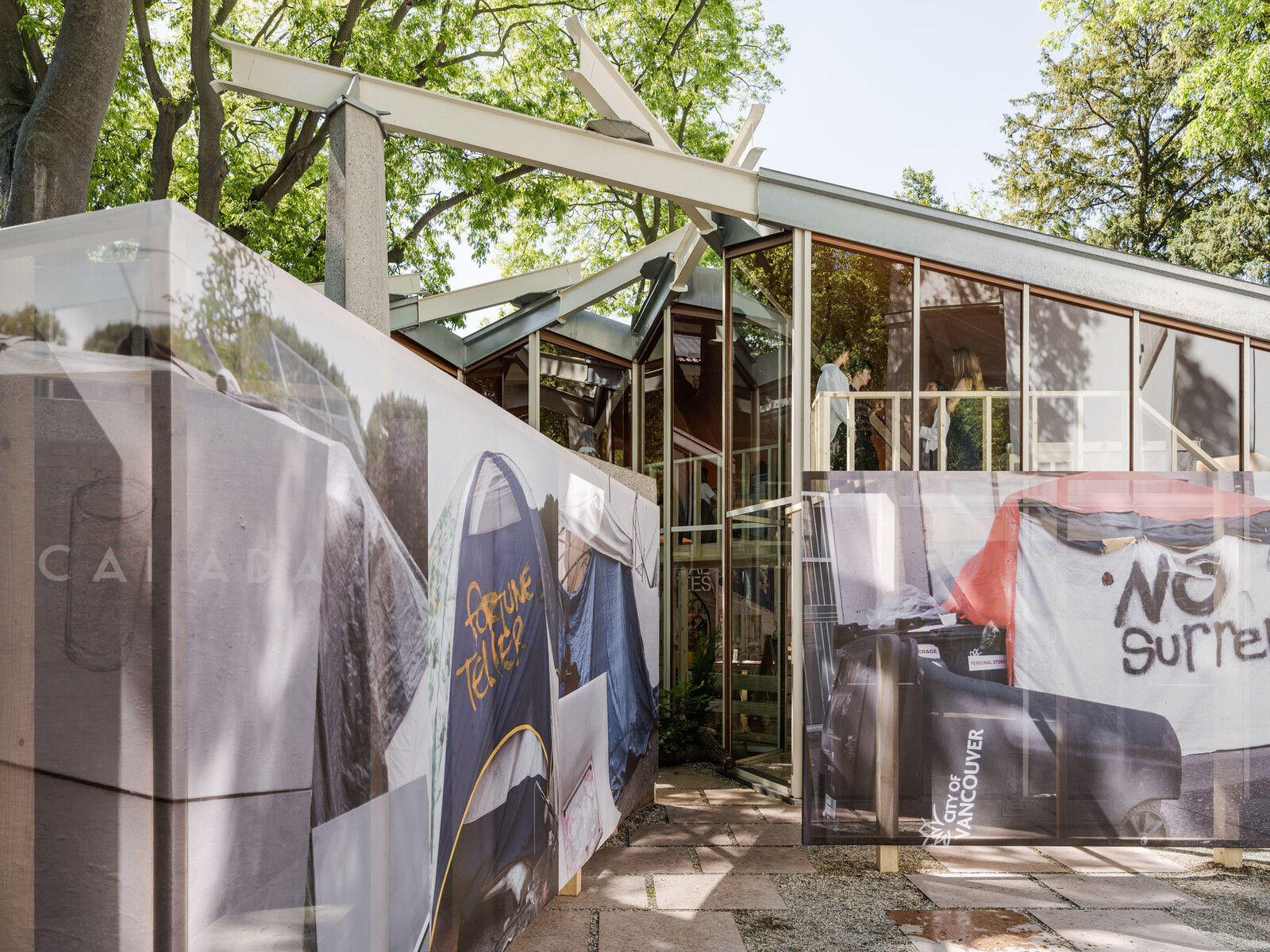
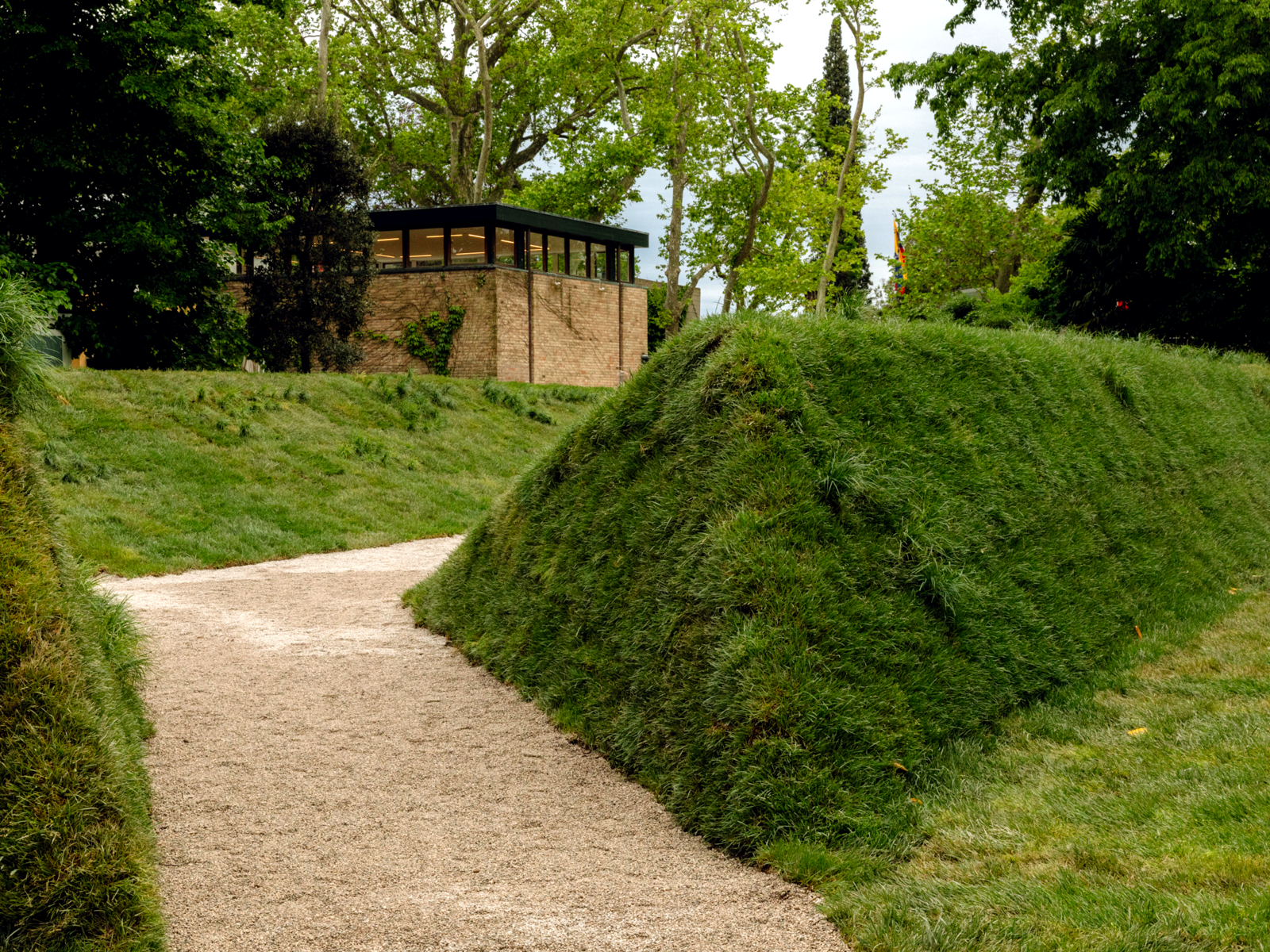


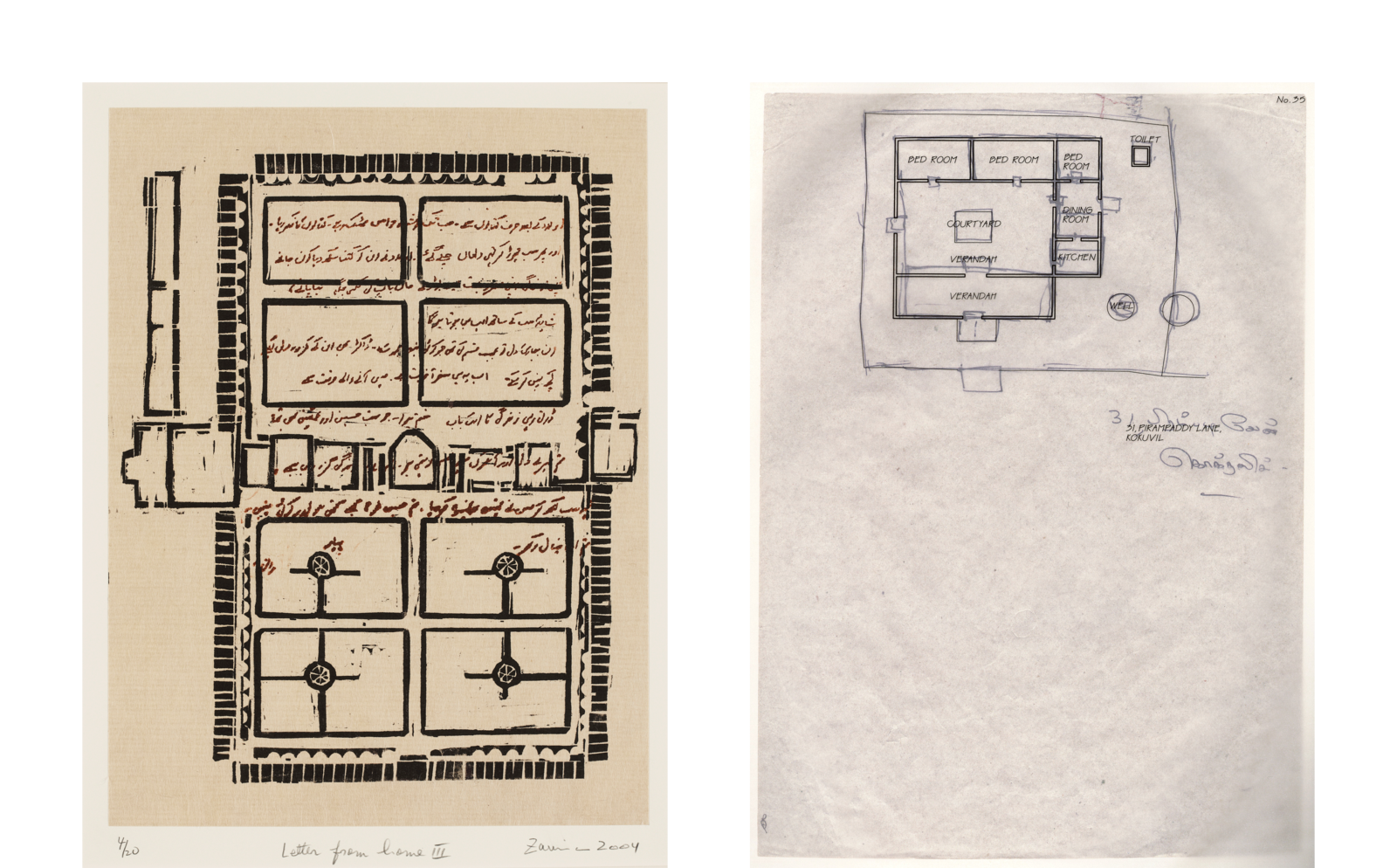

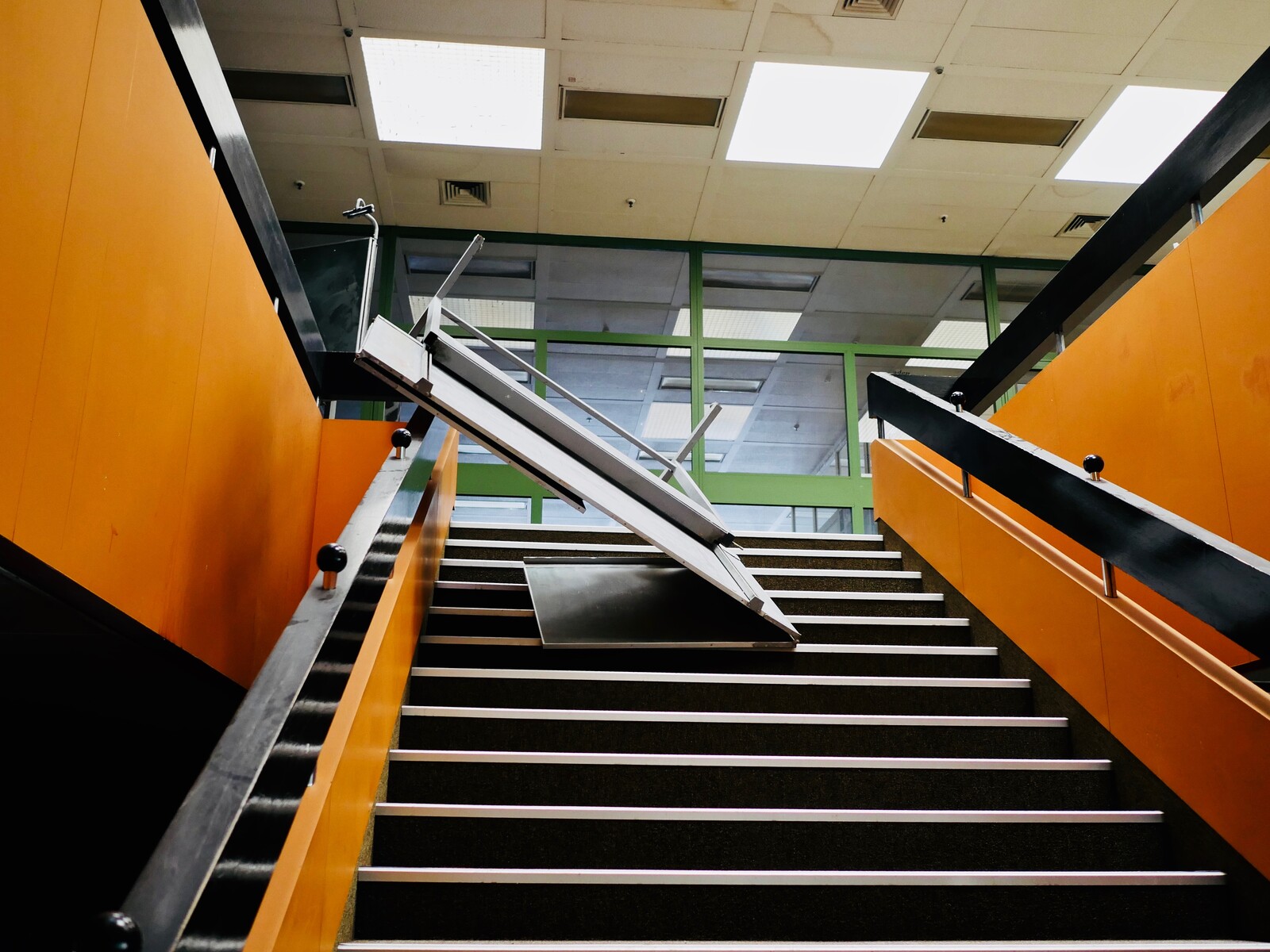
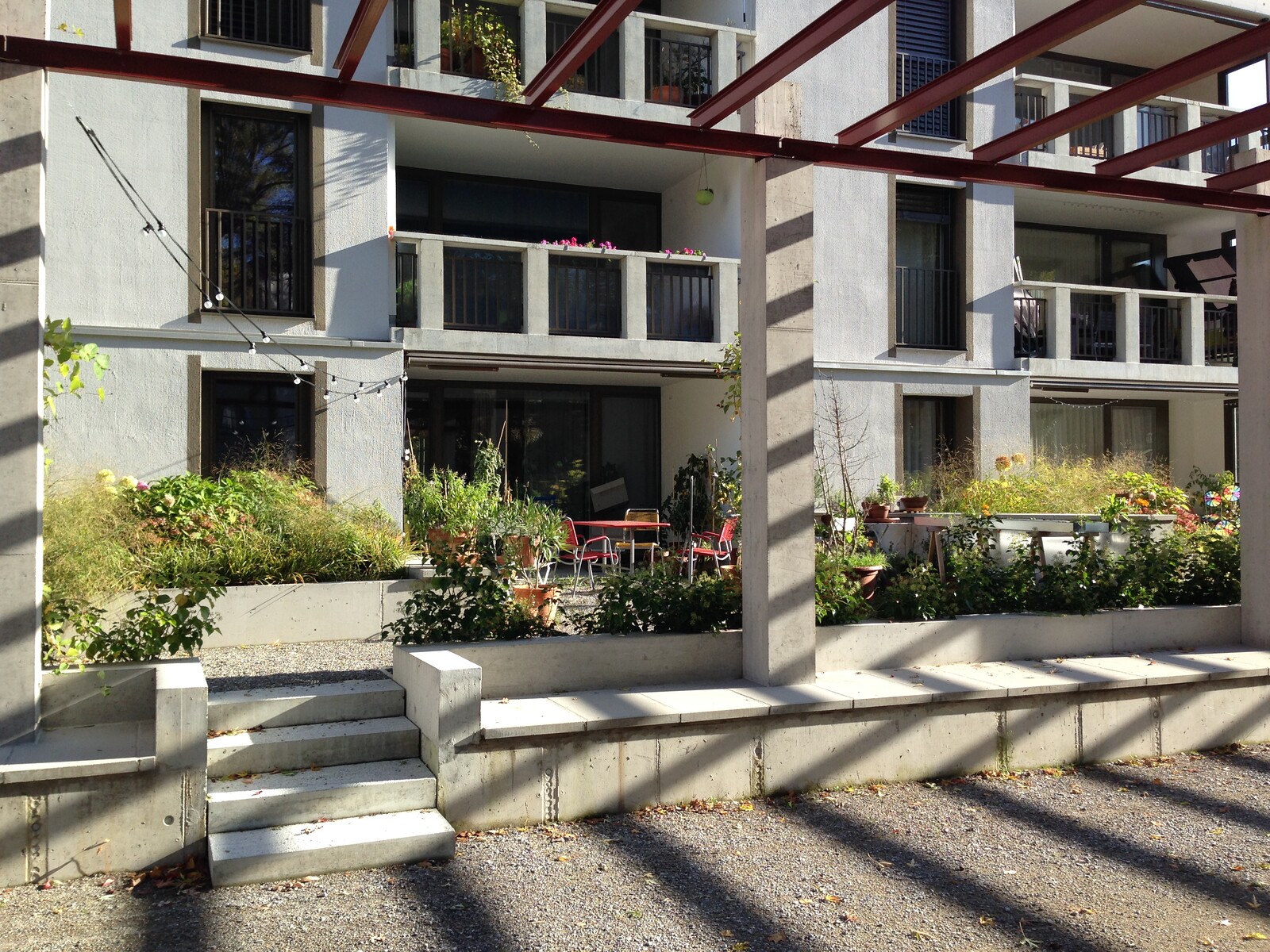

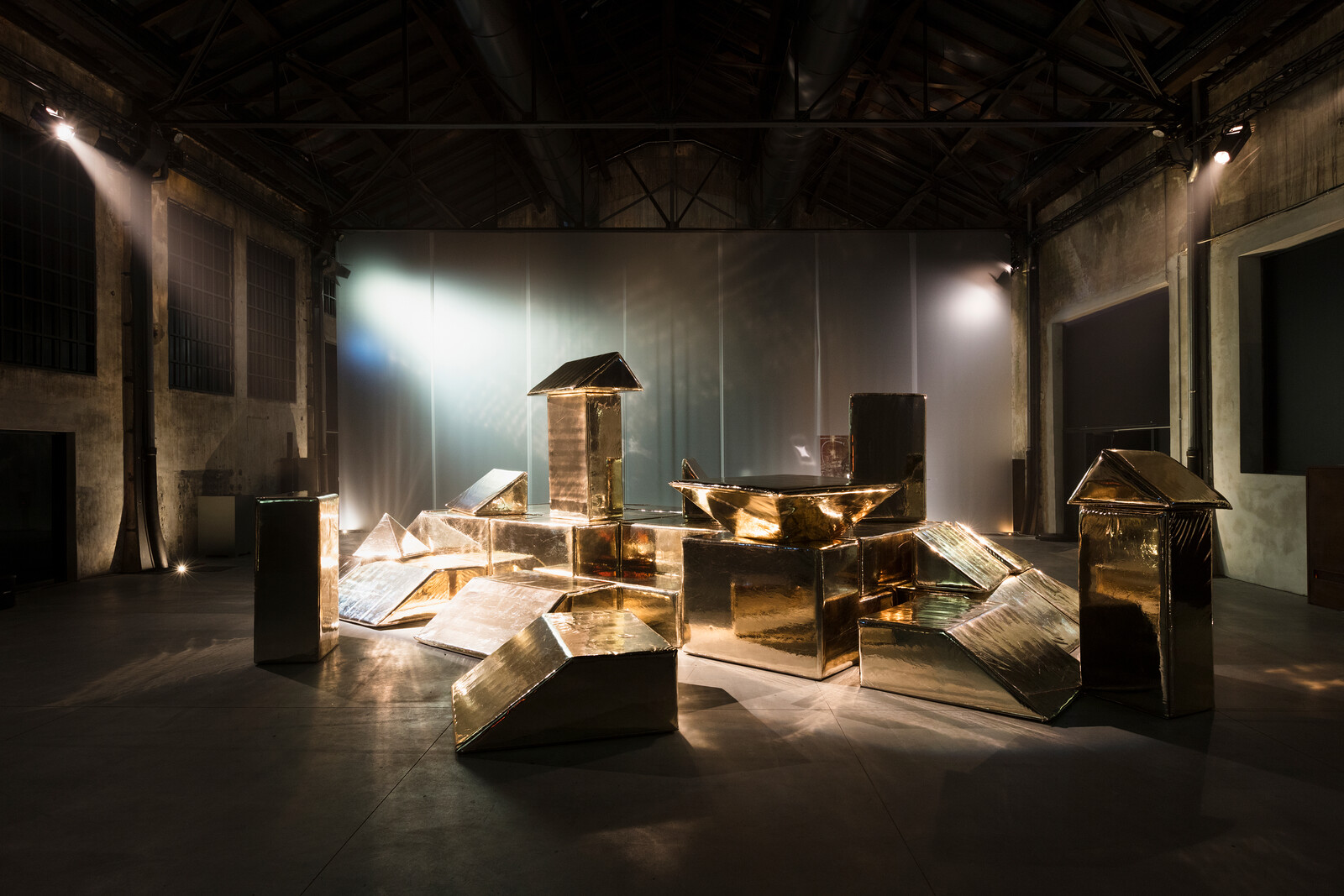

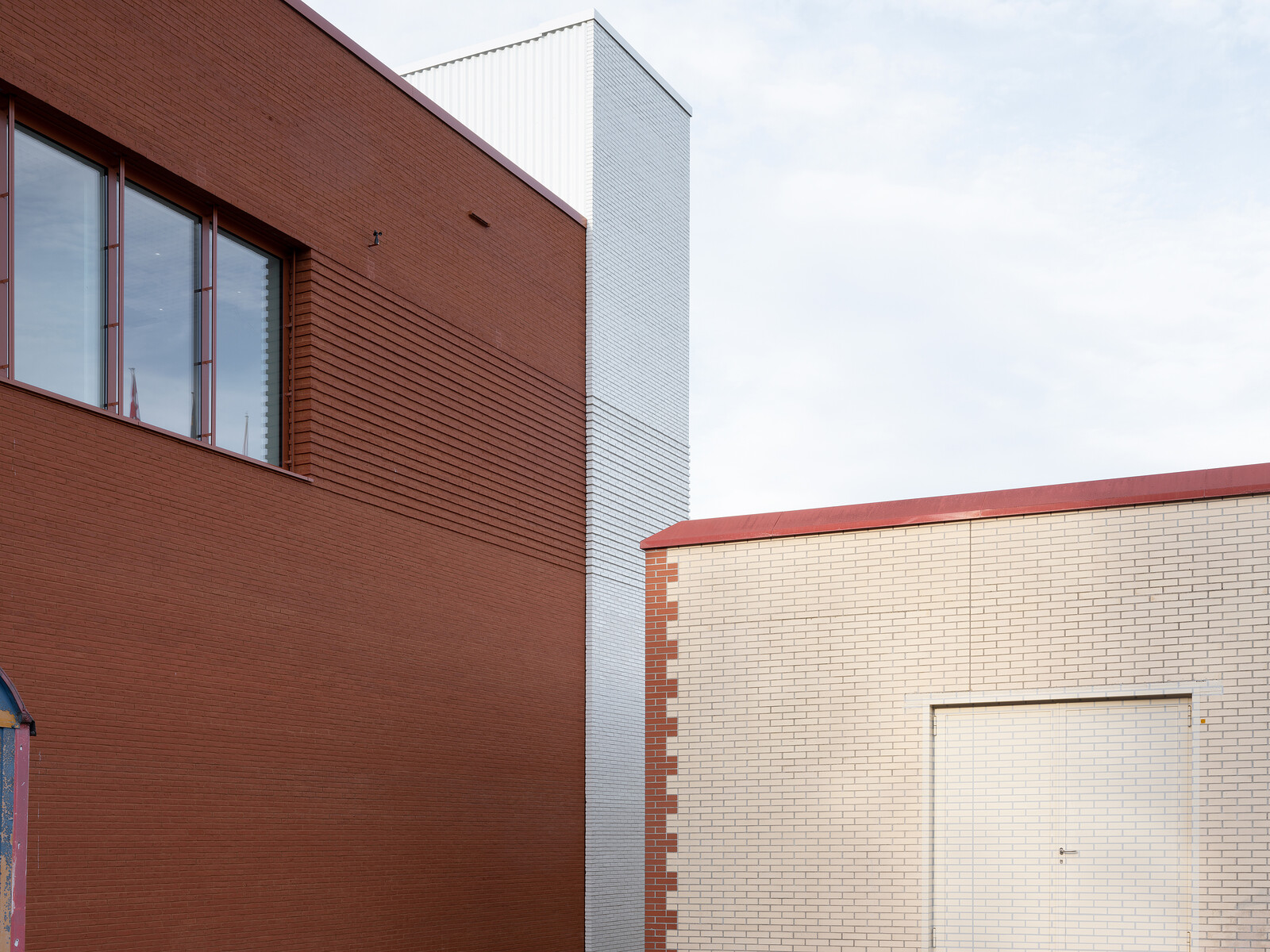
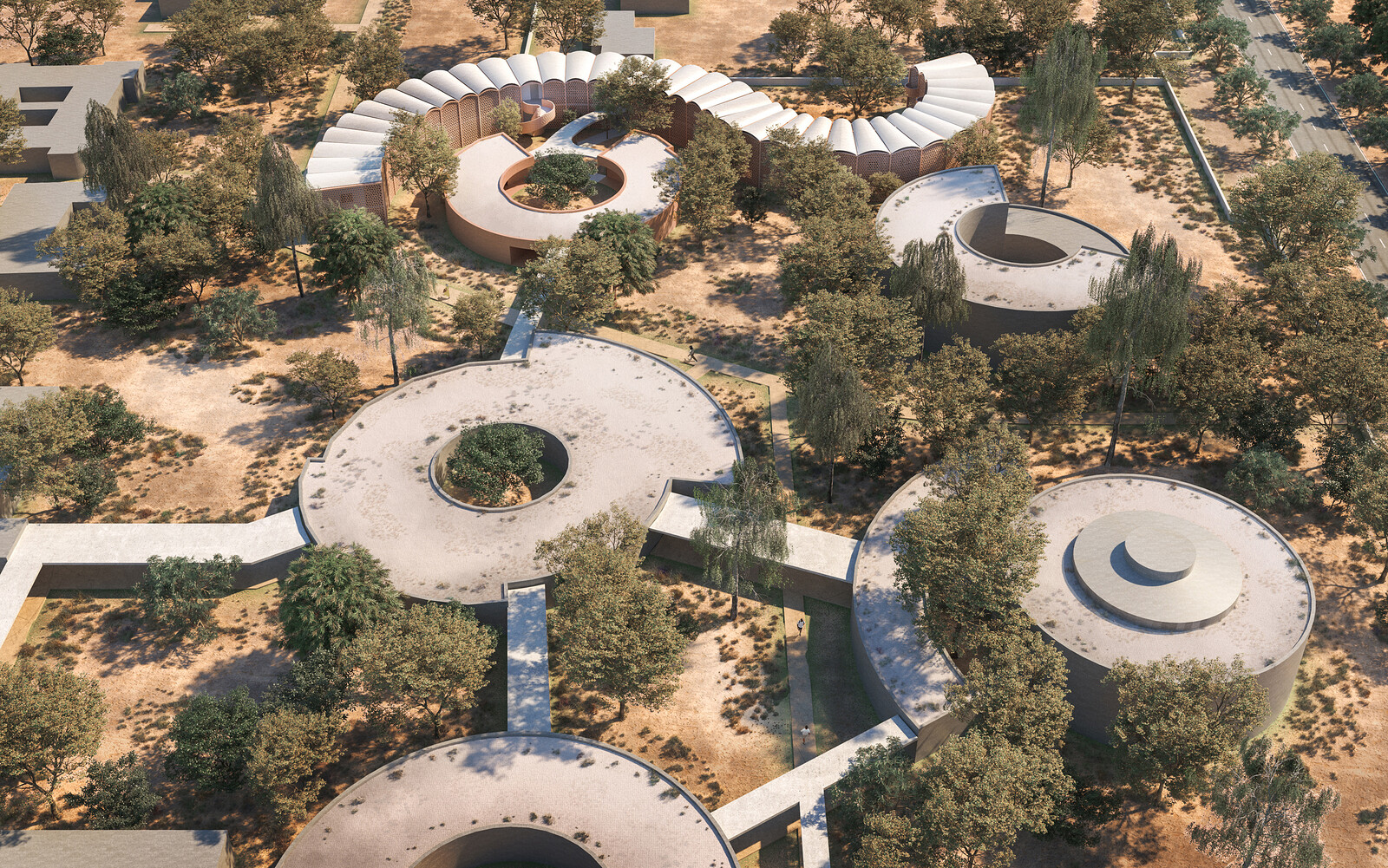



(2014).jpg,1600)

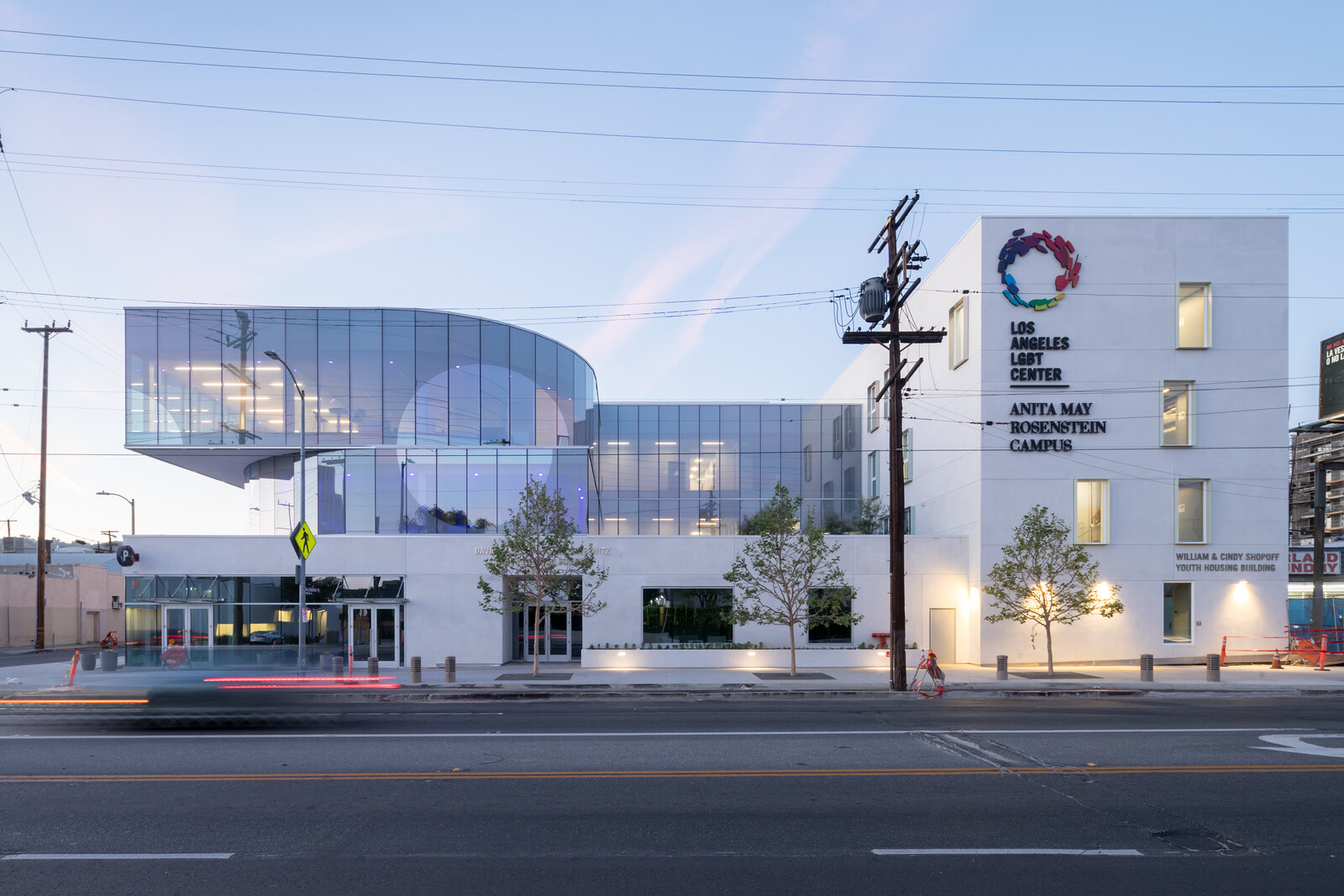
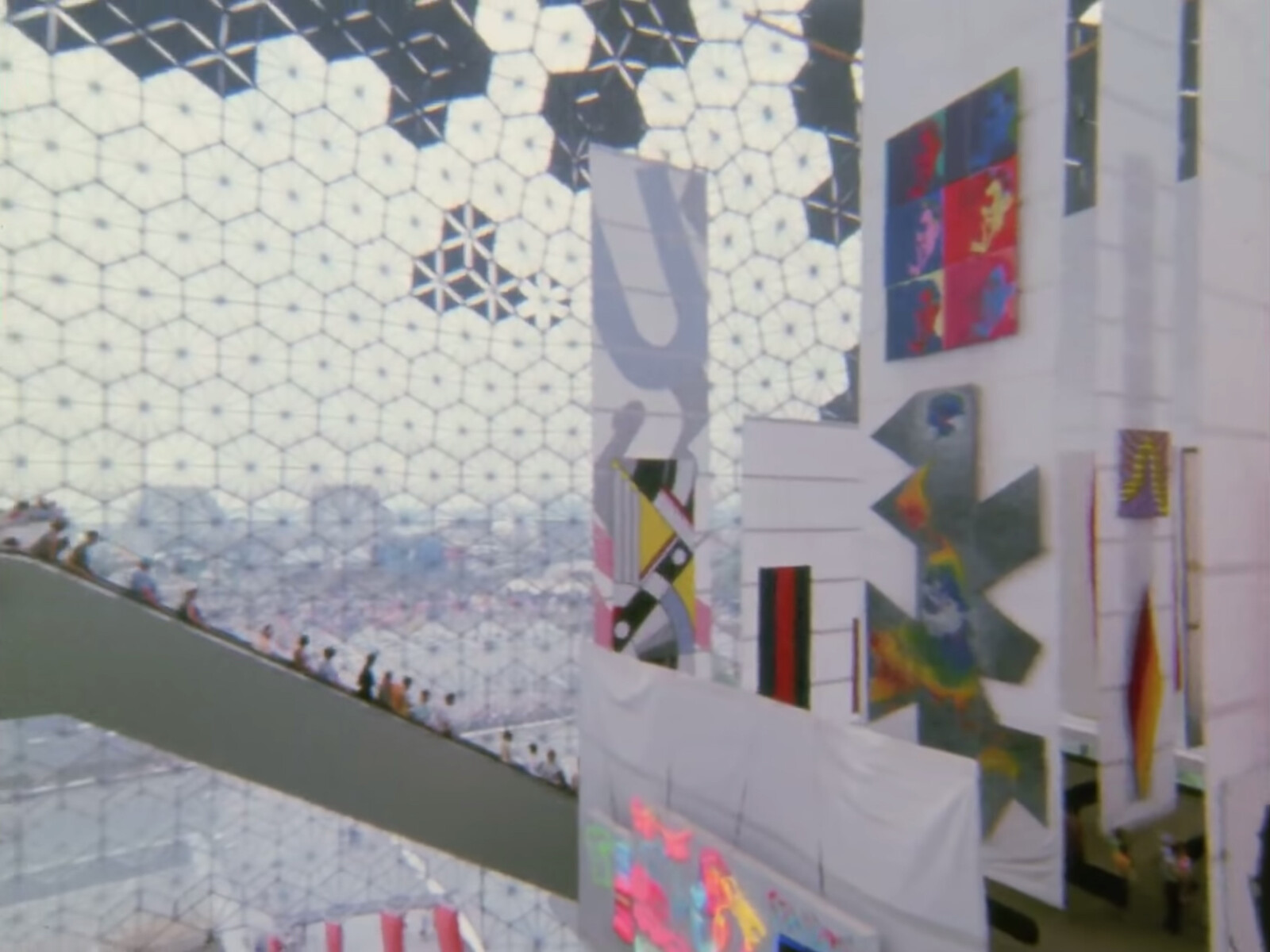

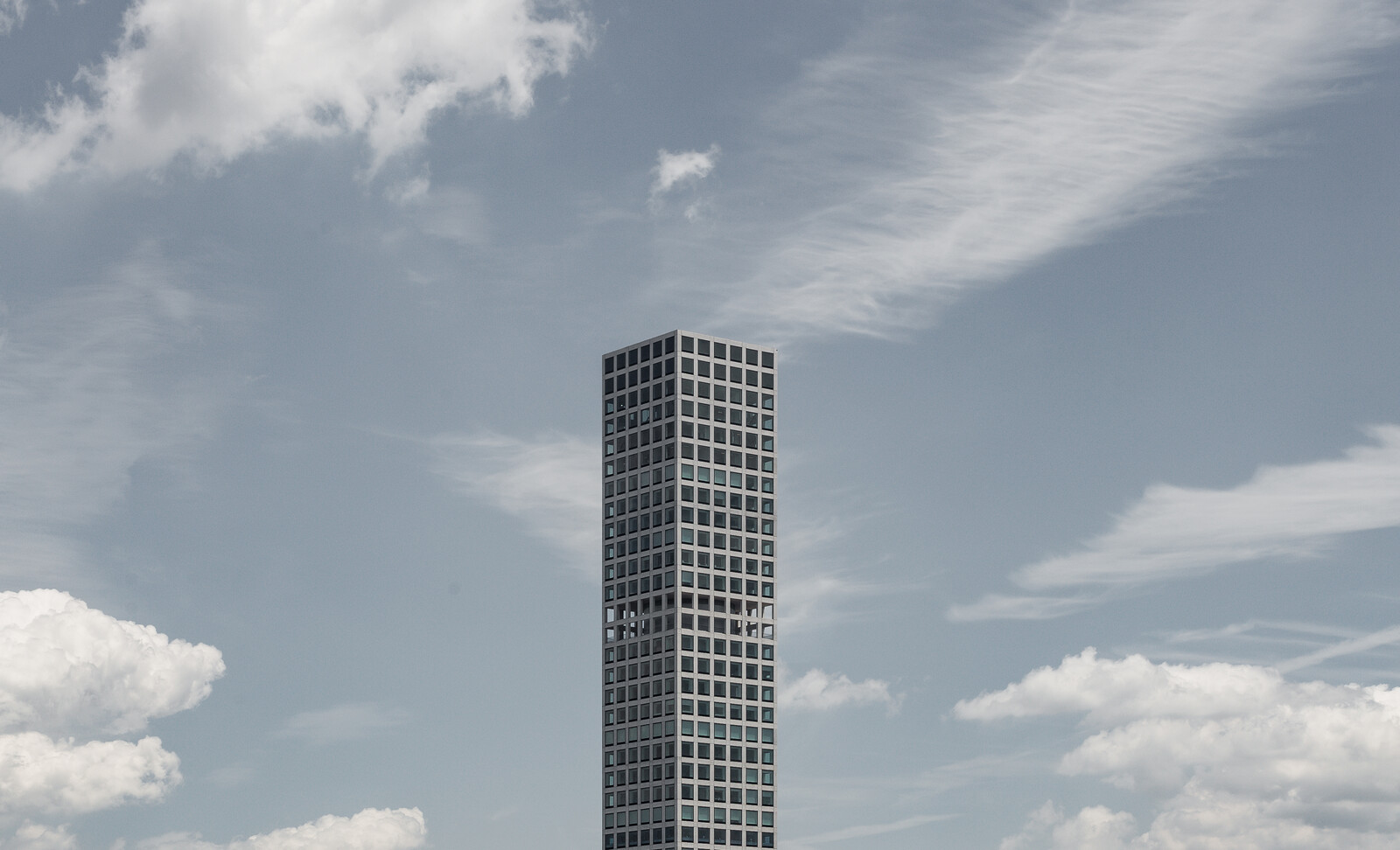
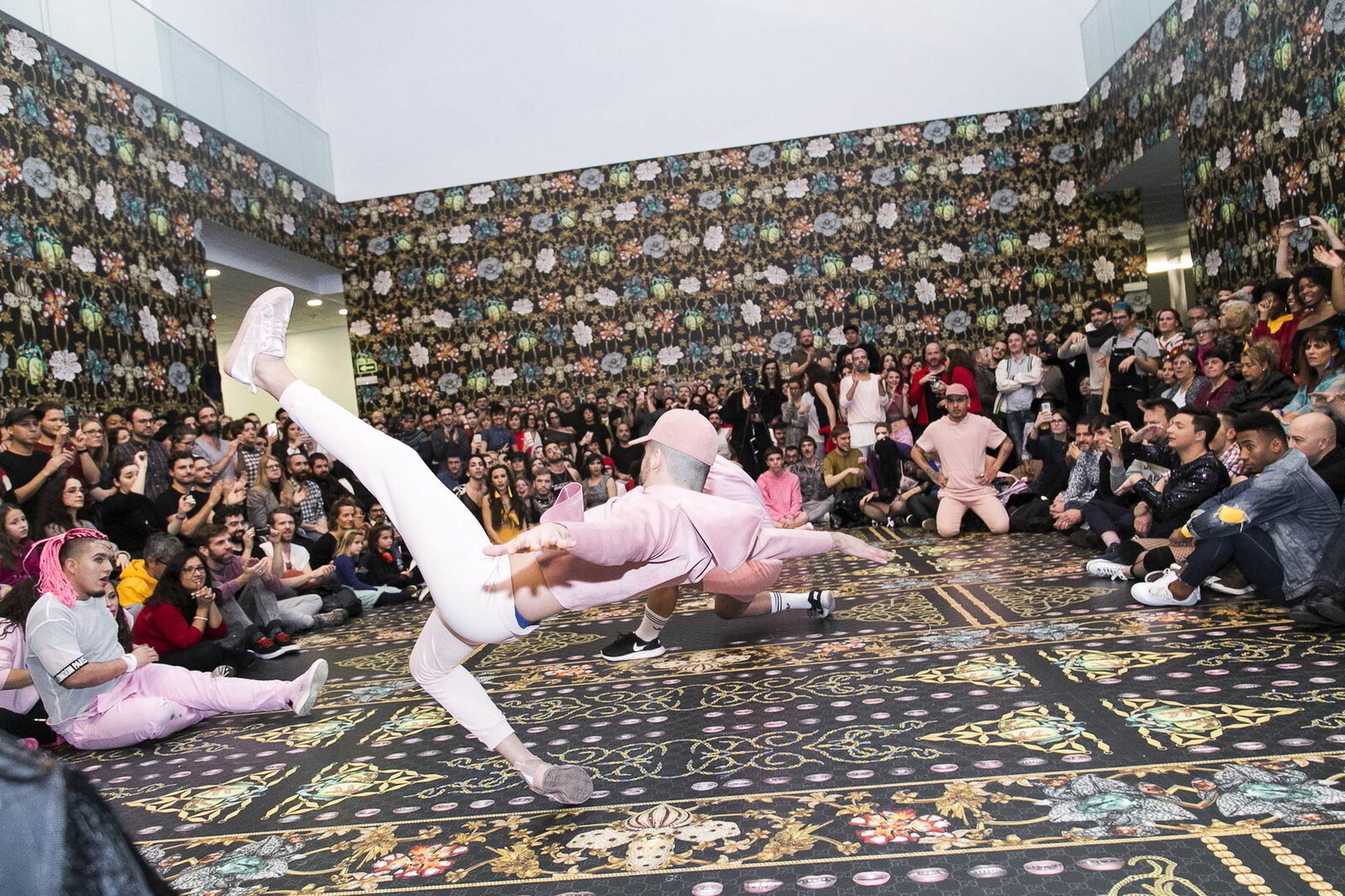
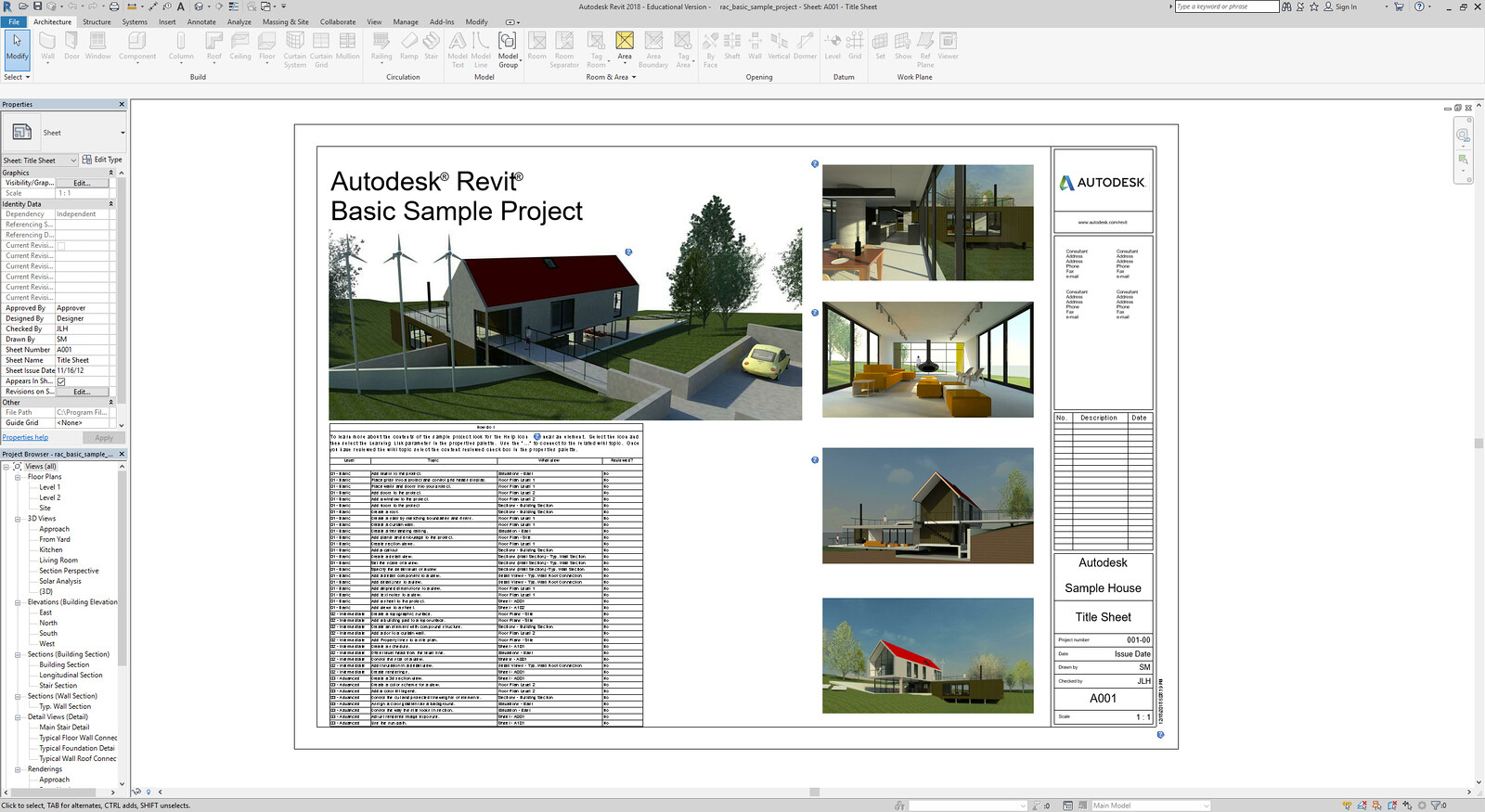

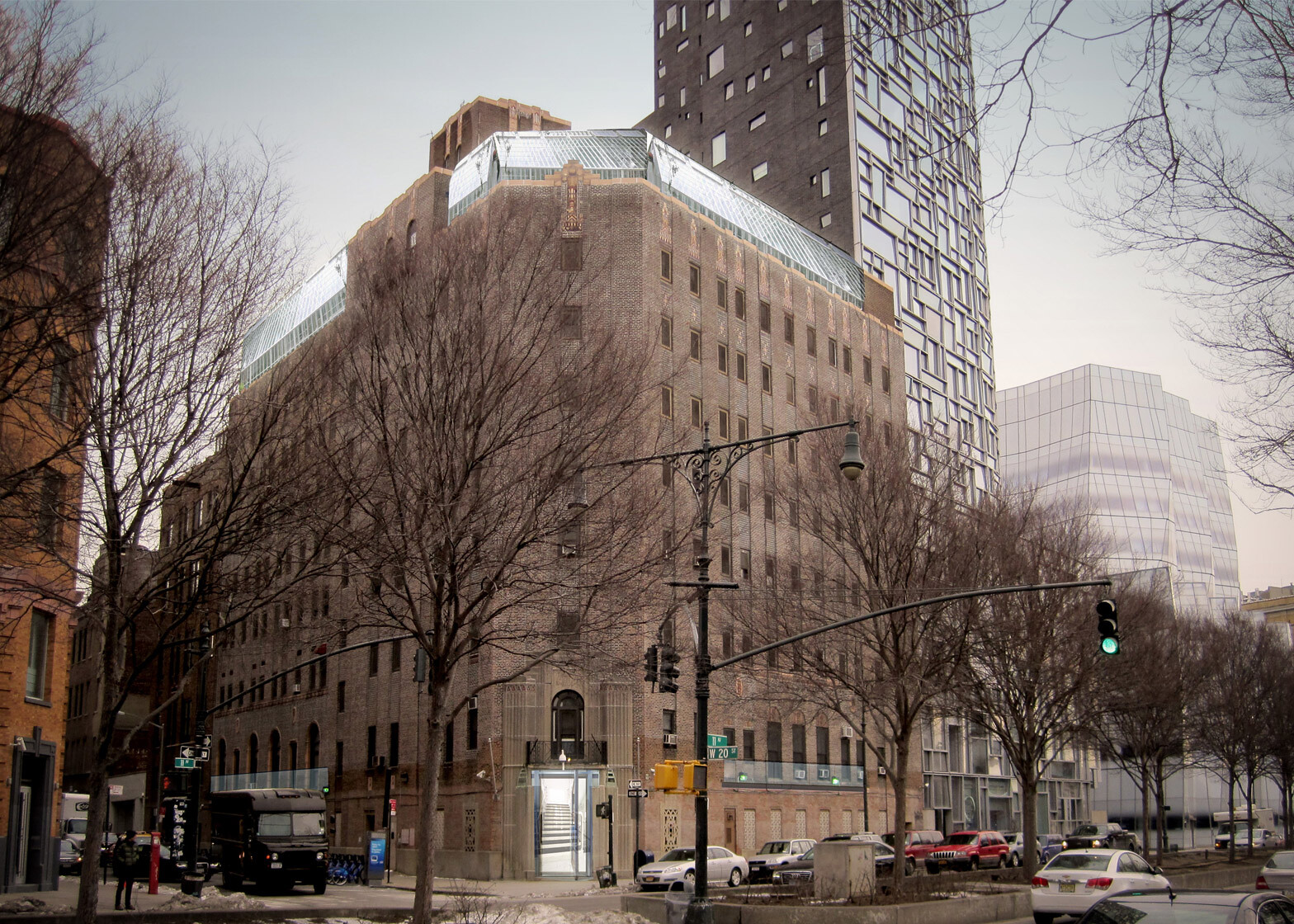


,-2003,-srgb.jpg,1600)
